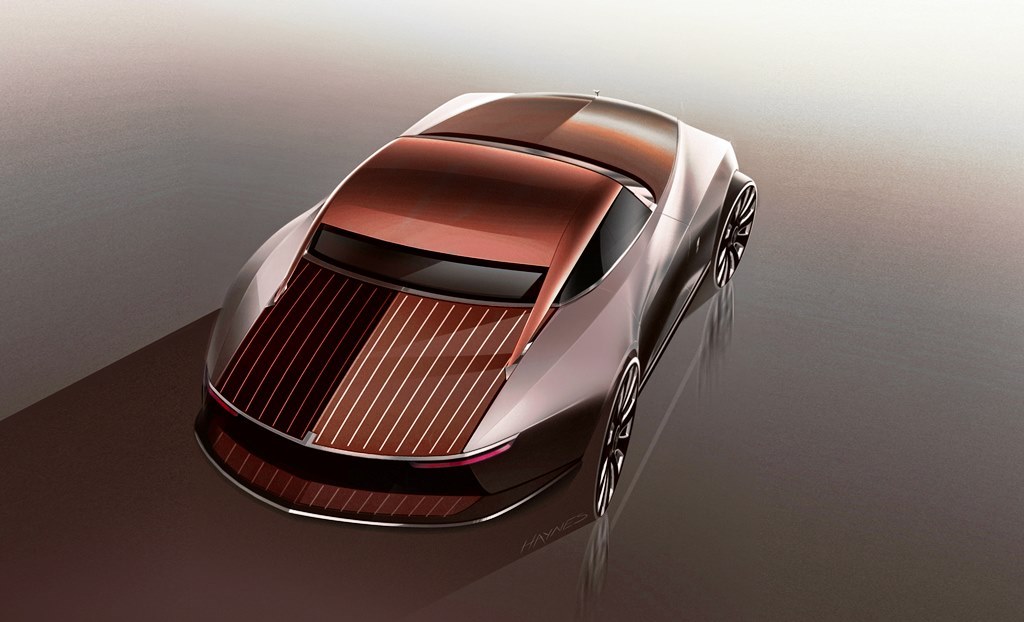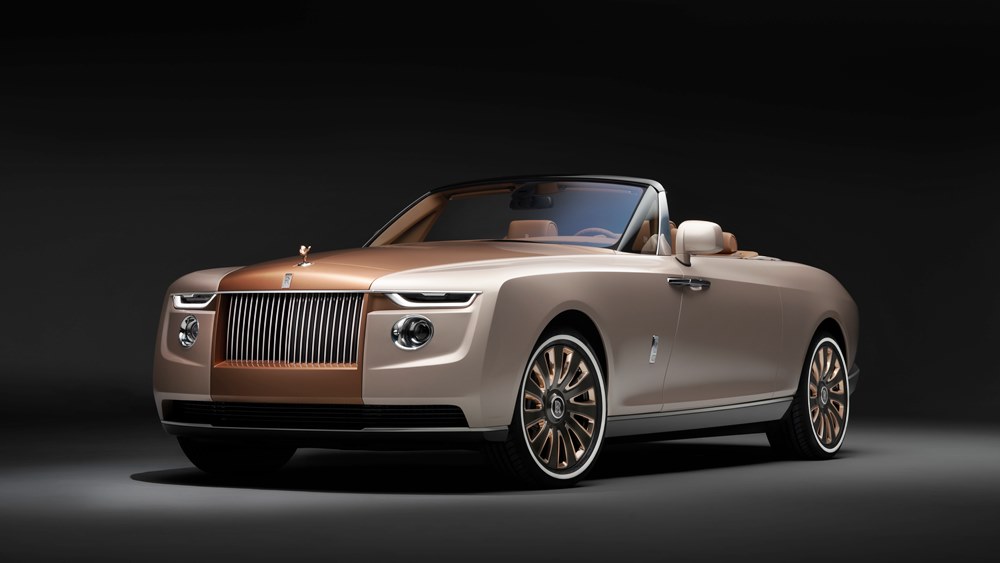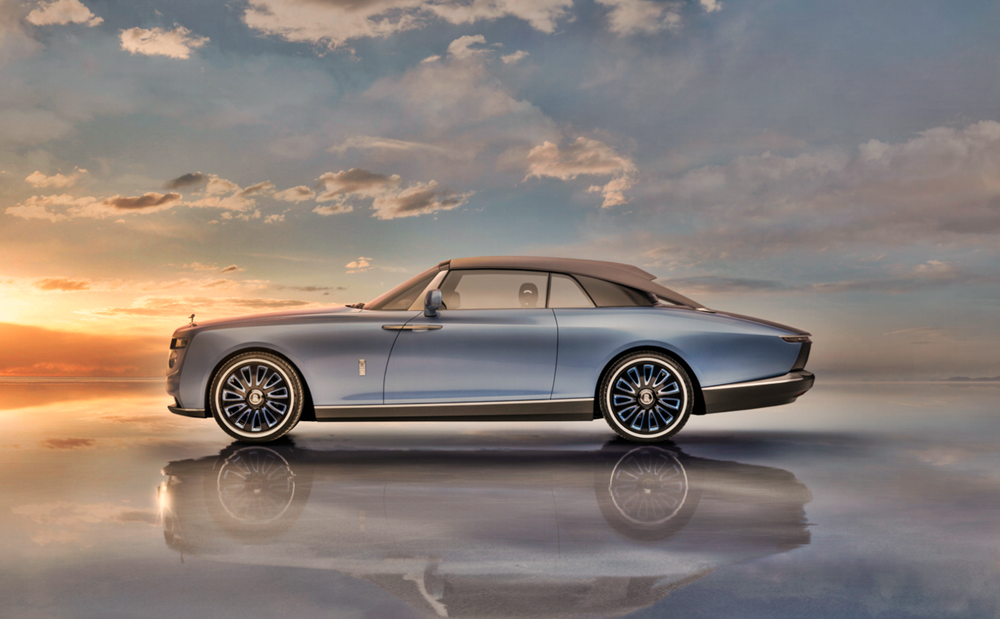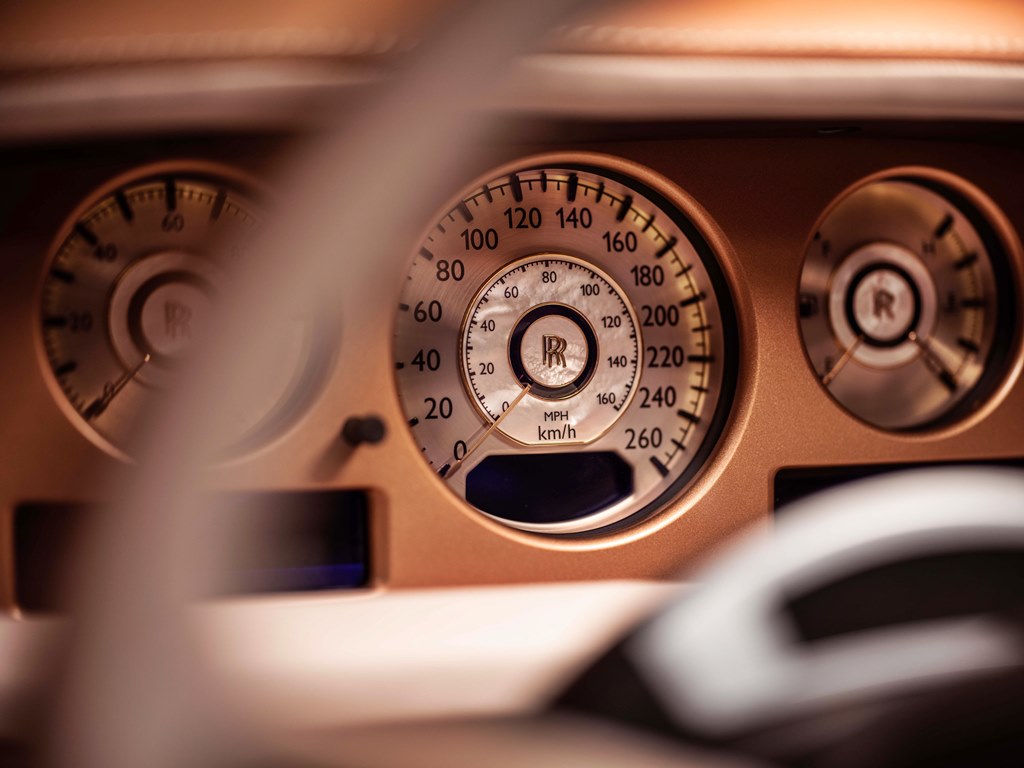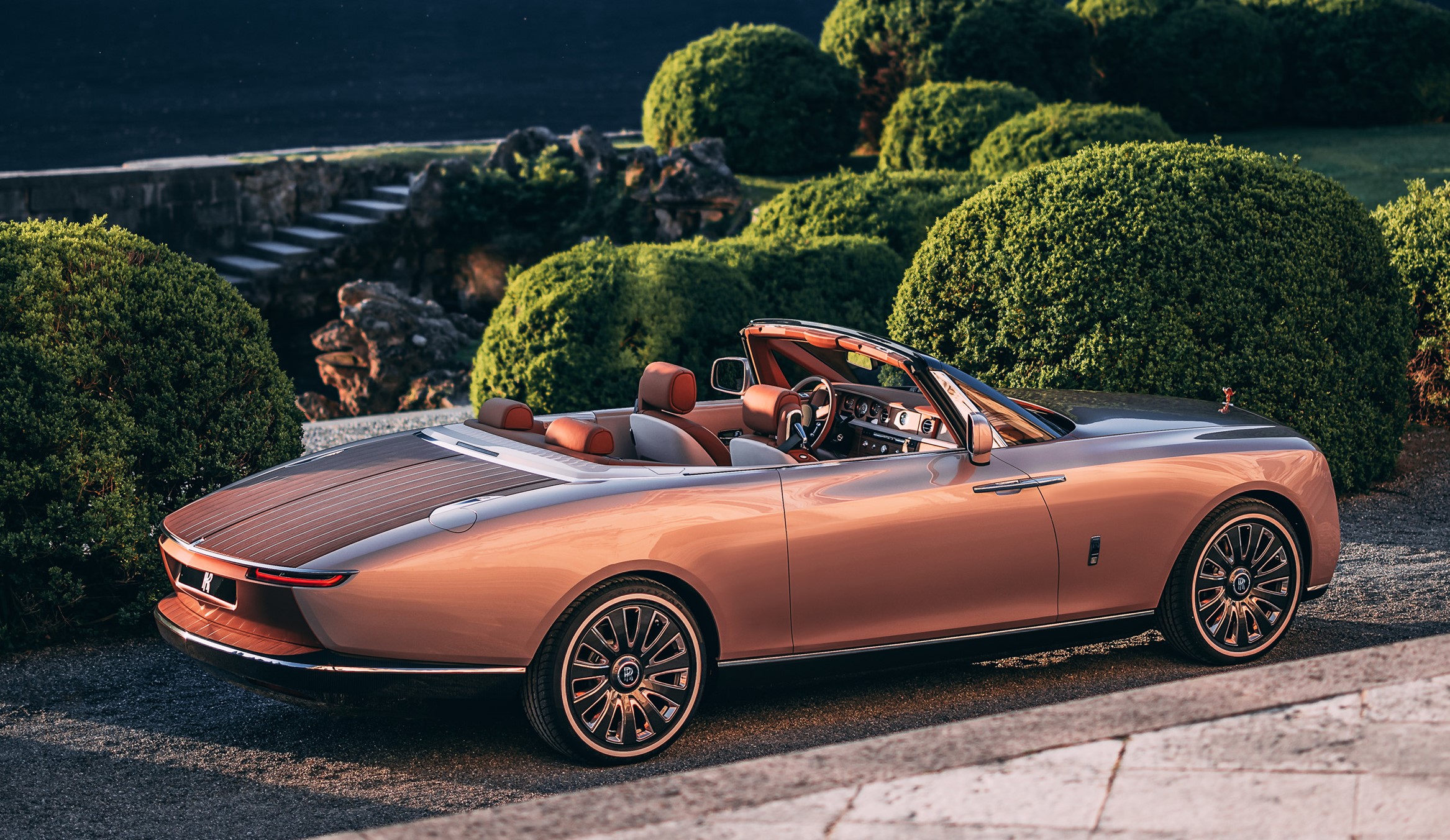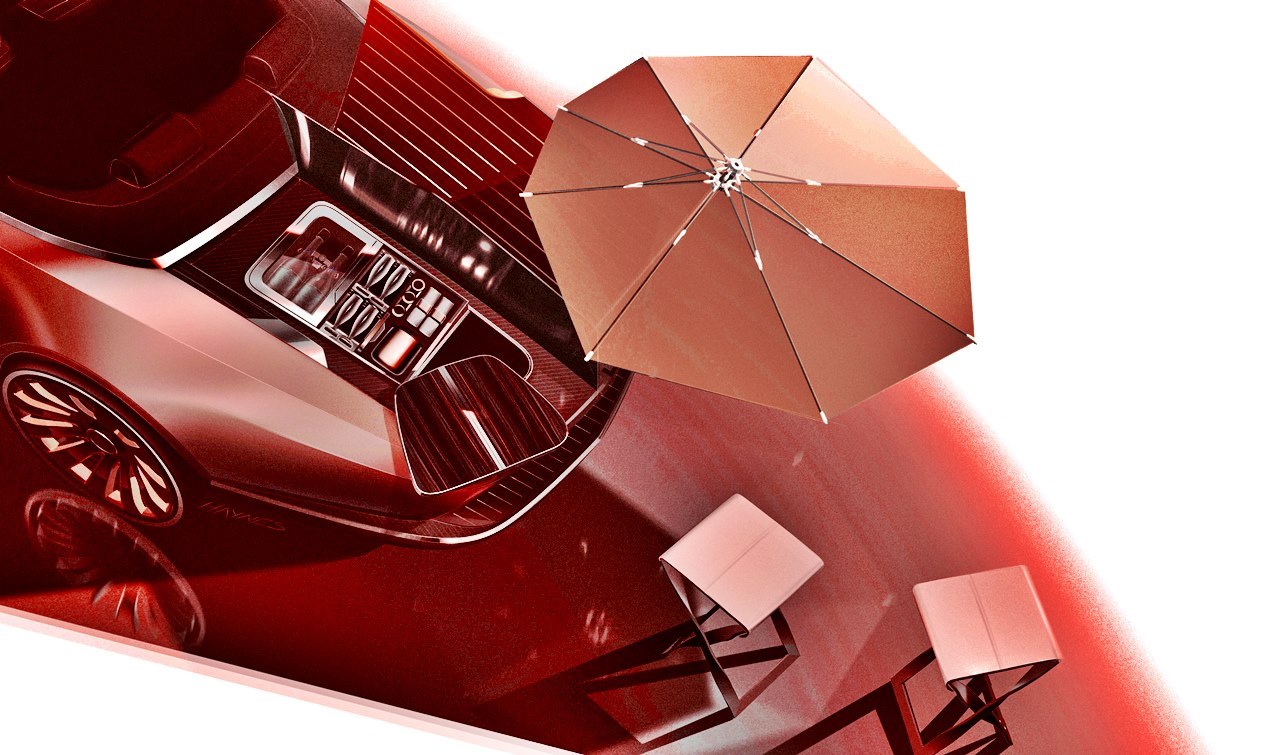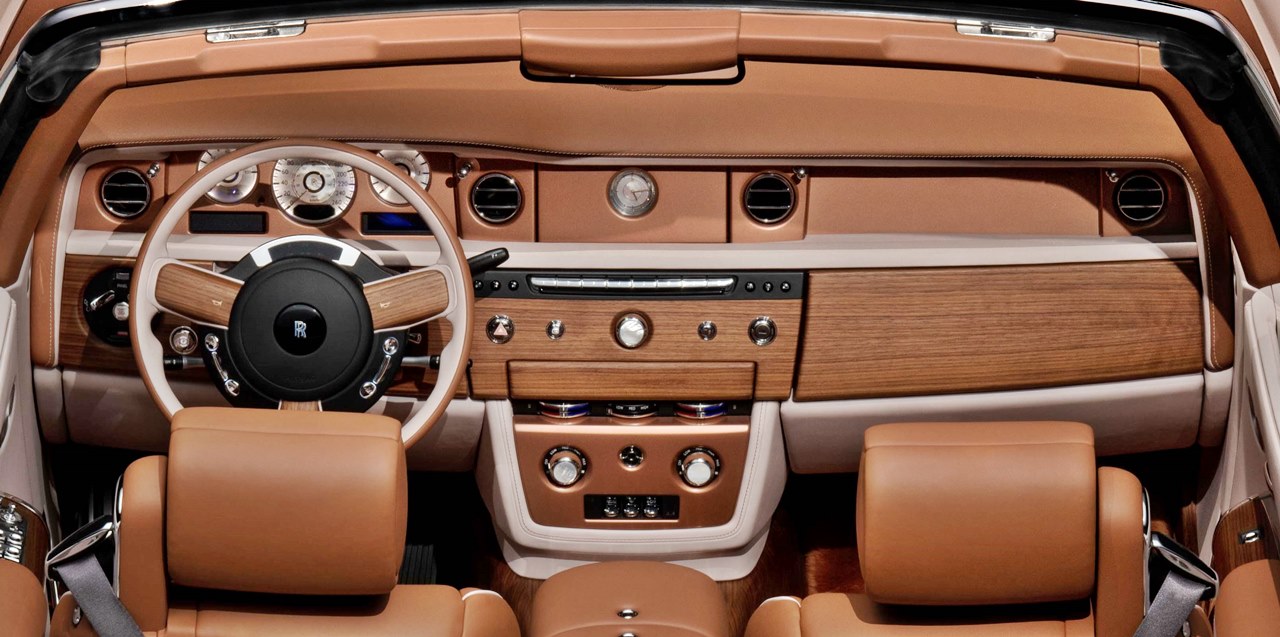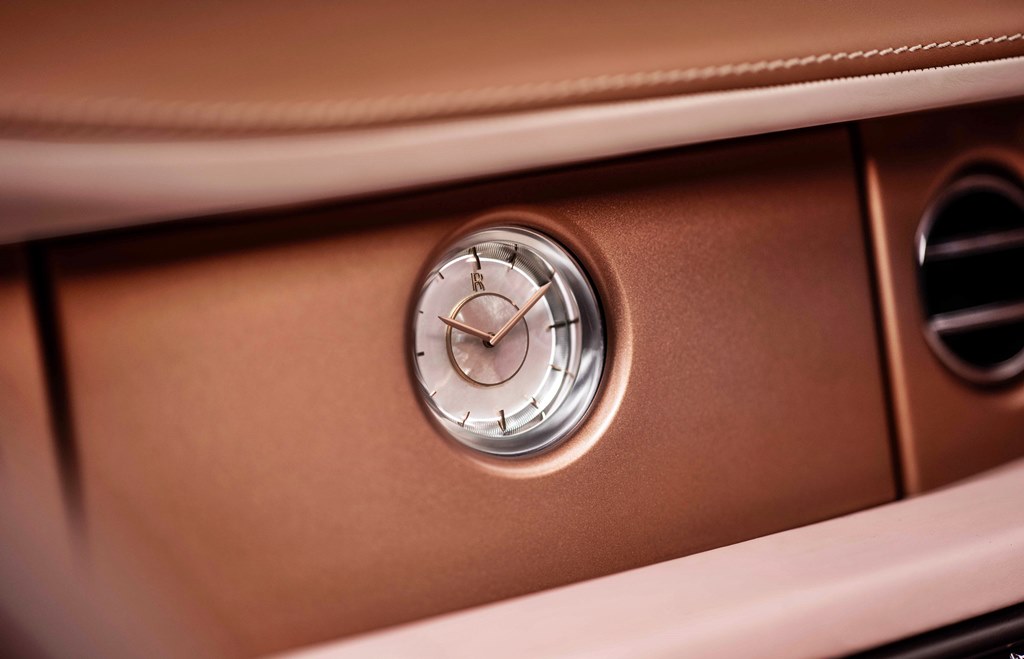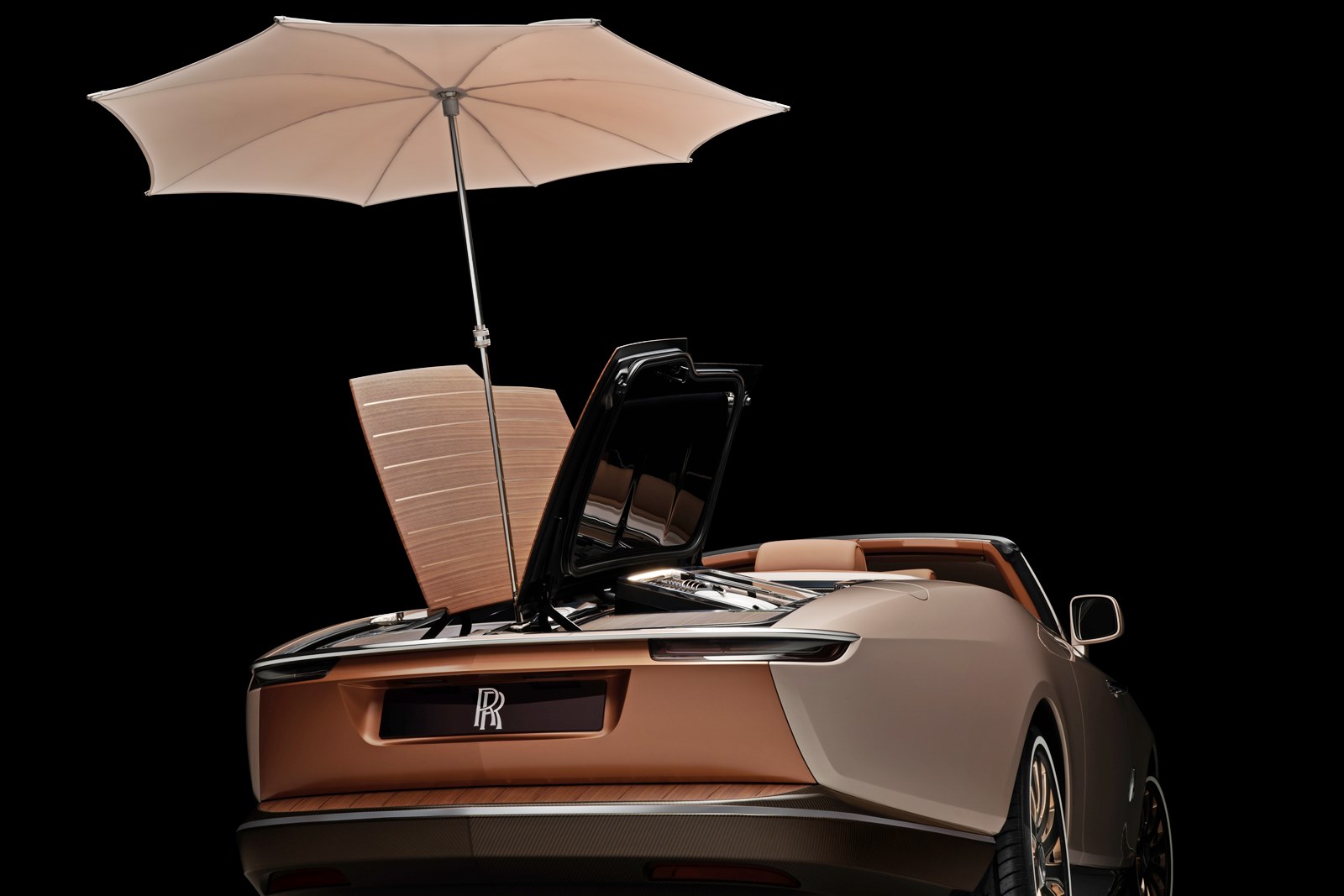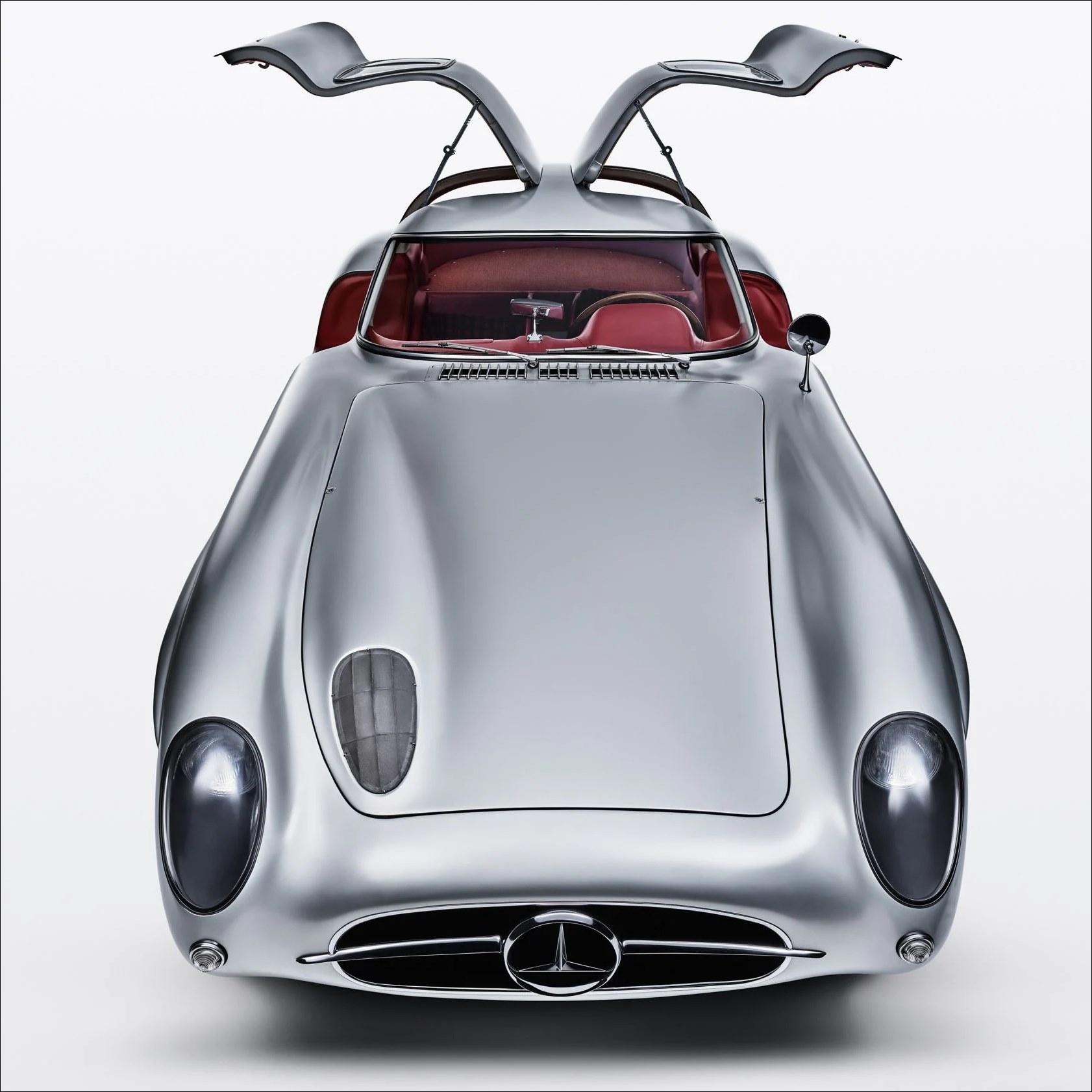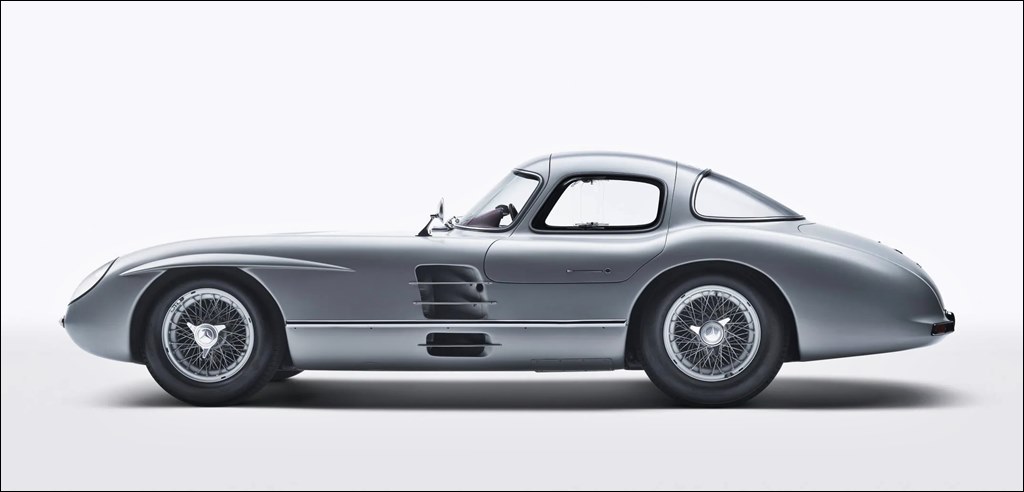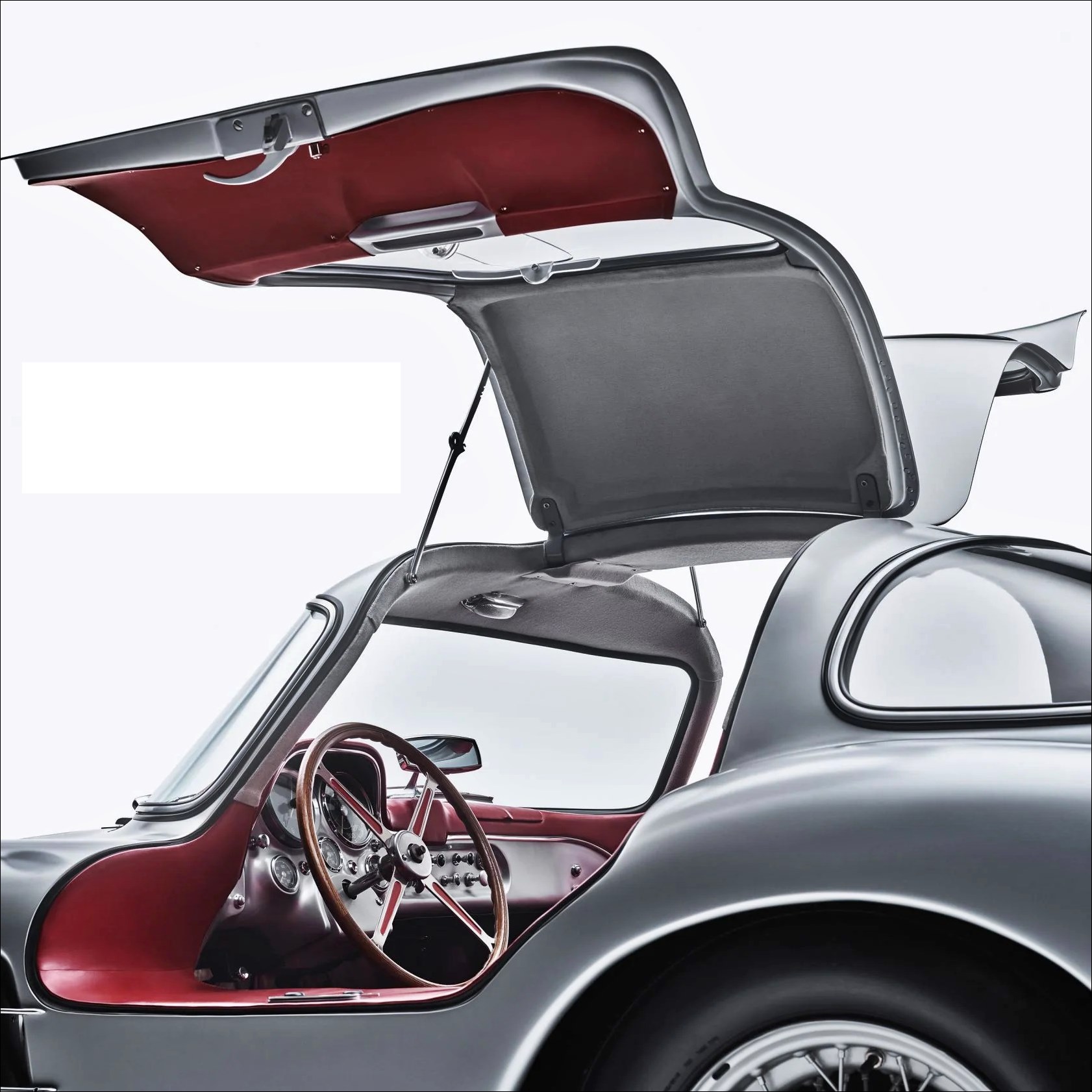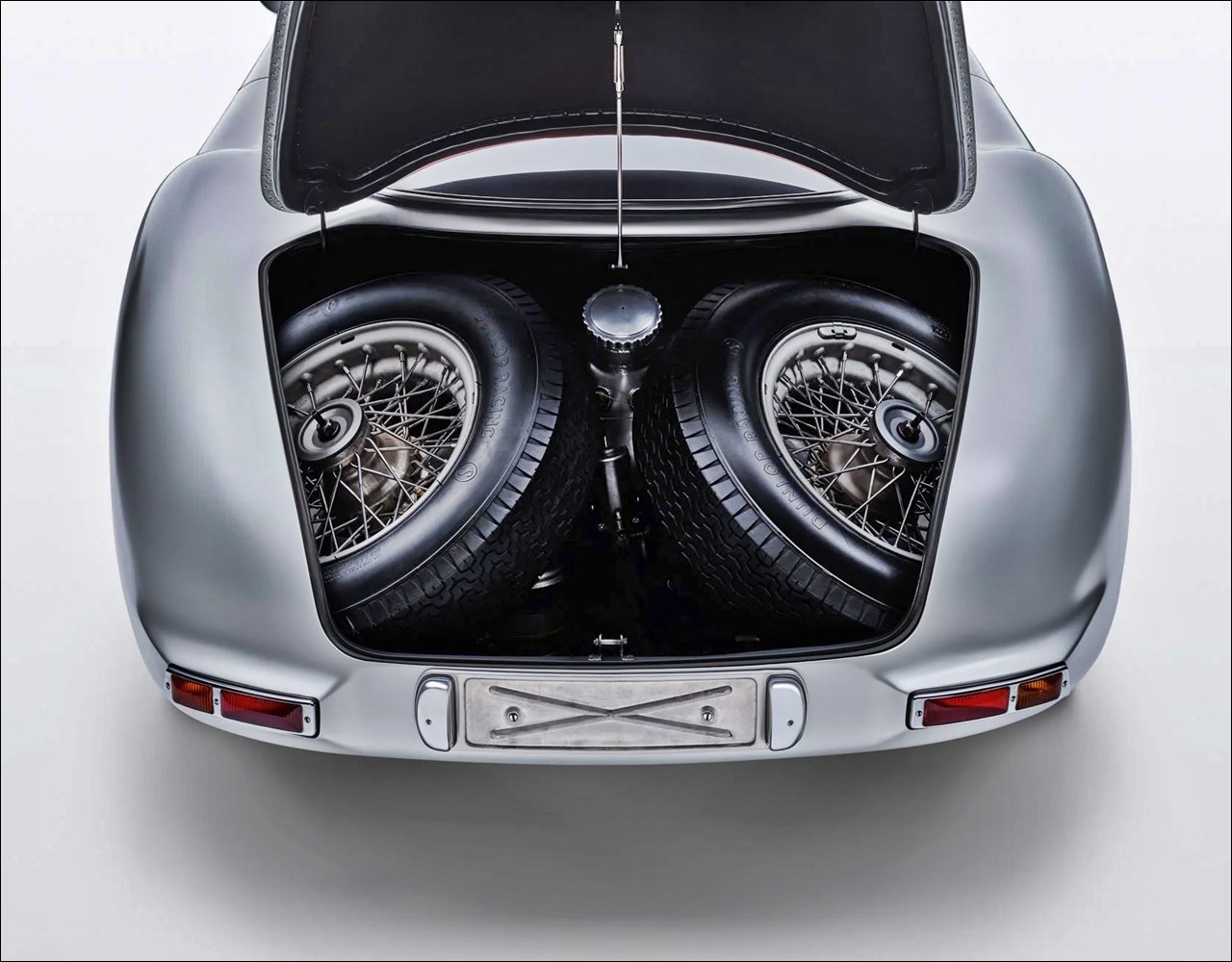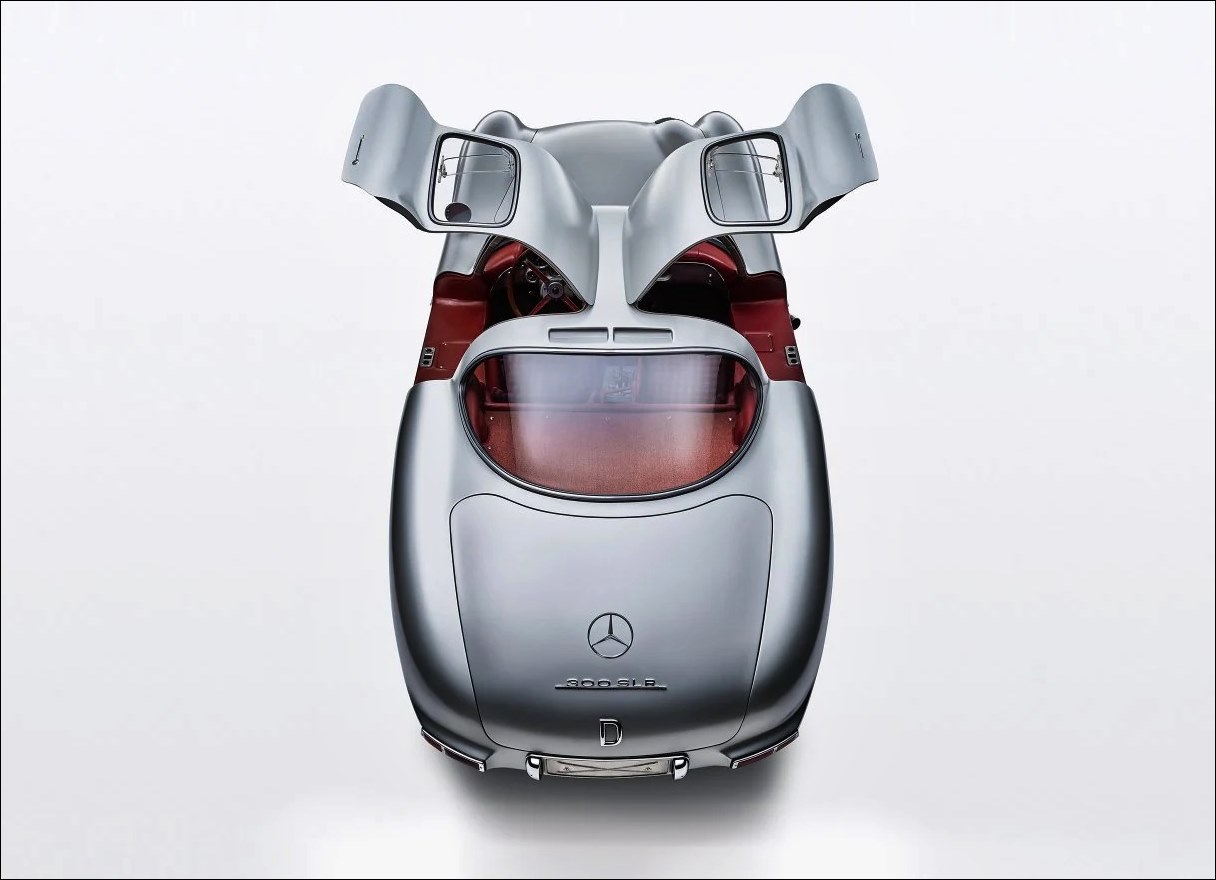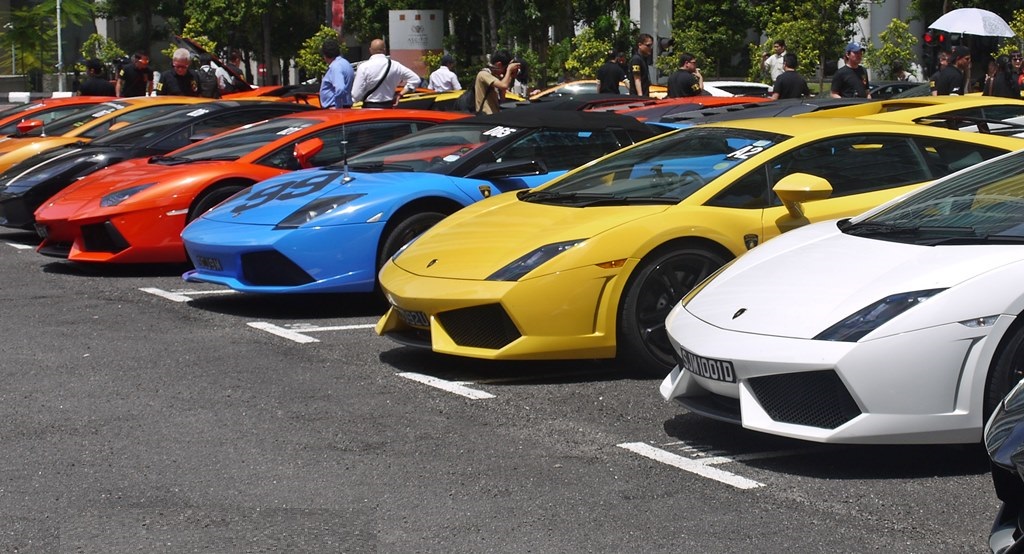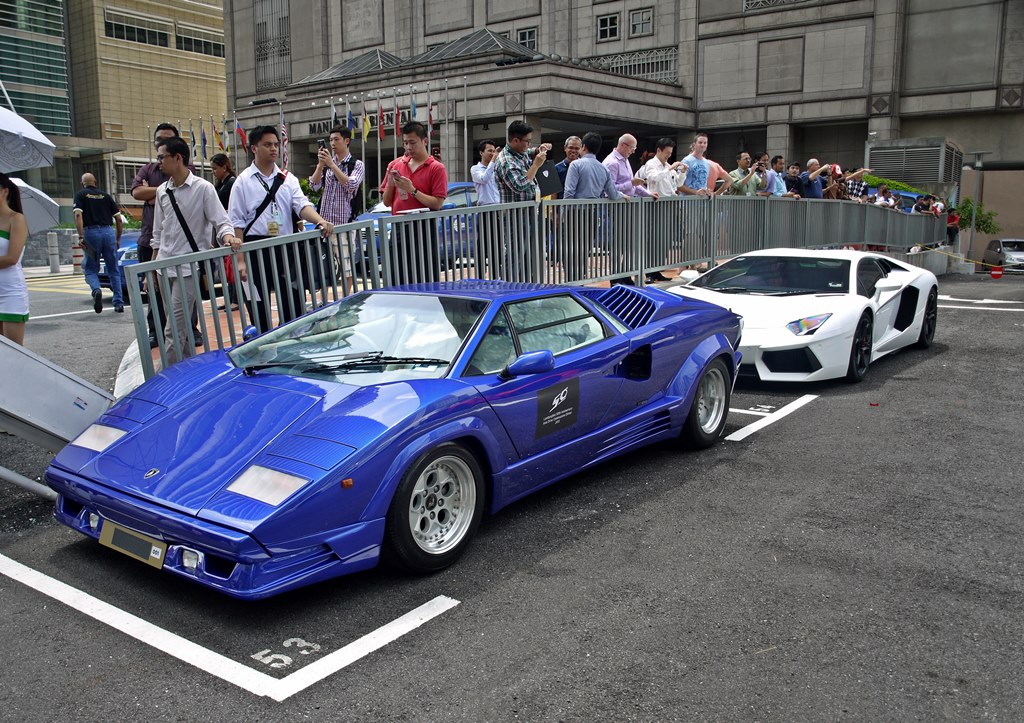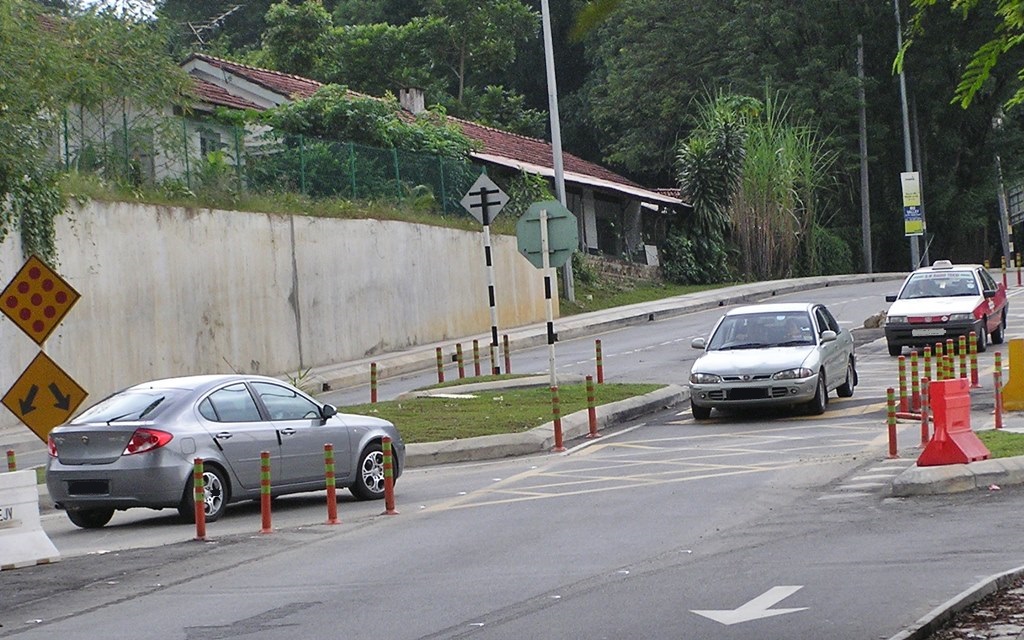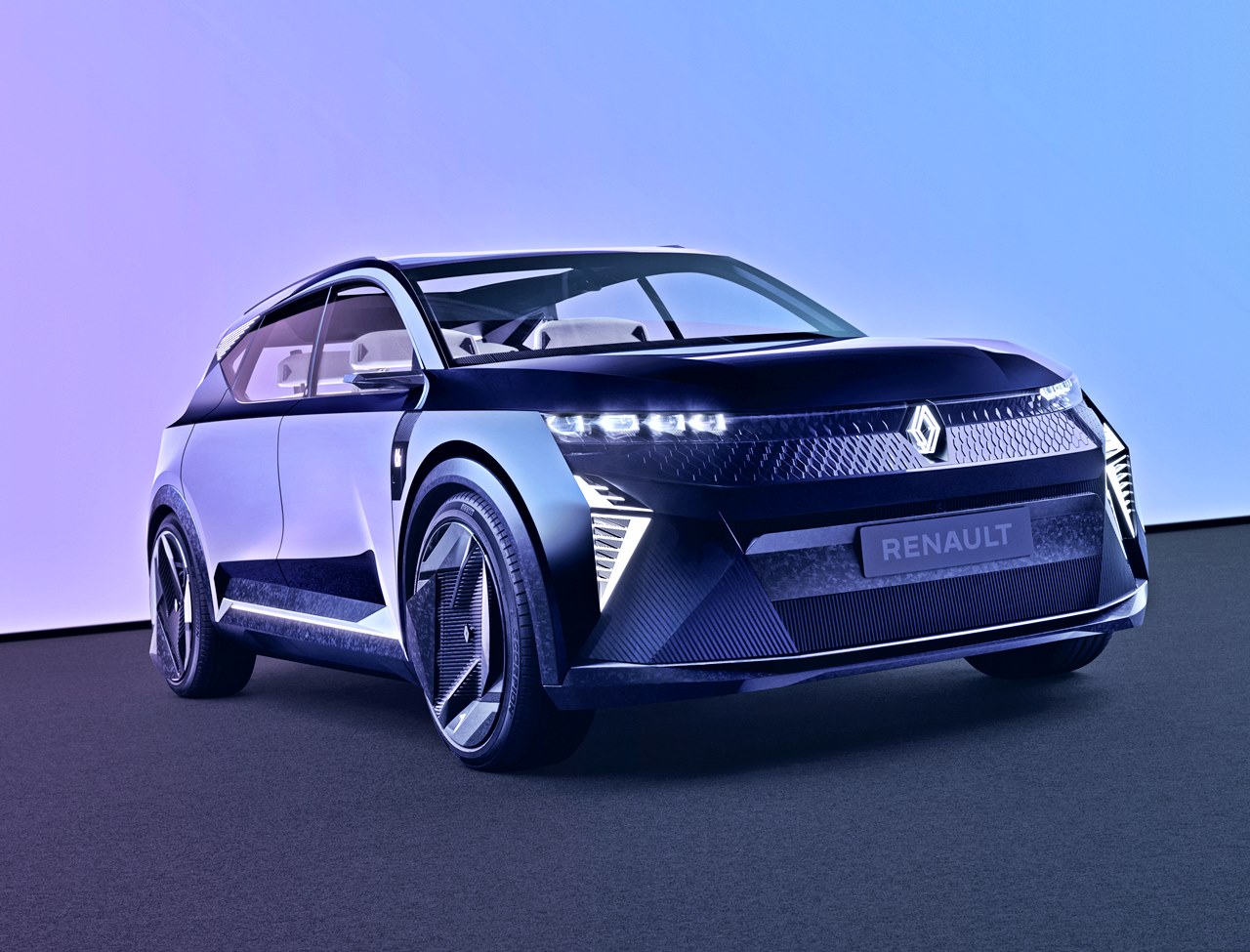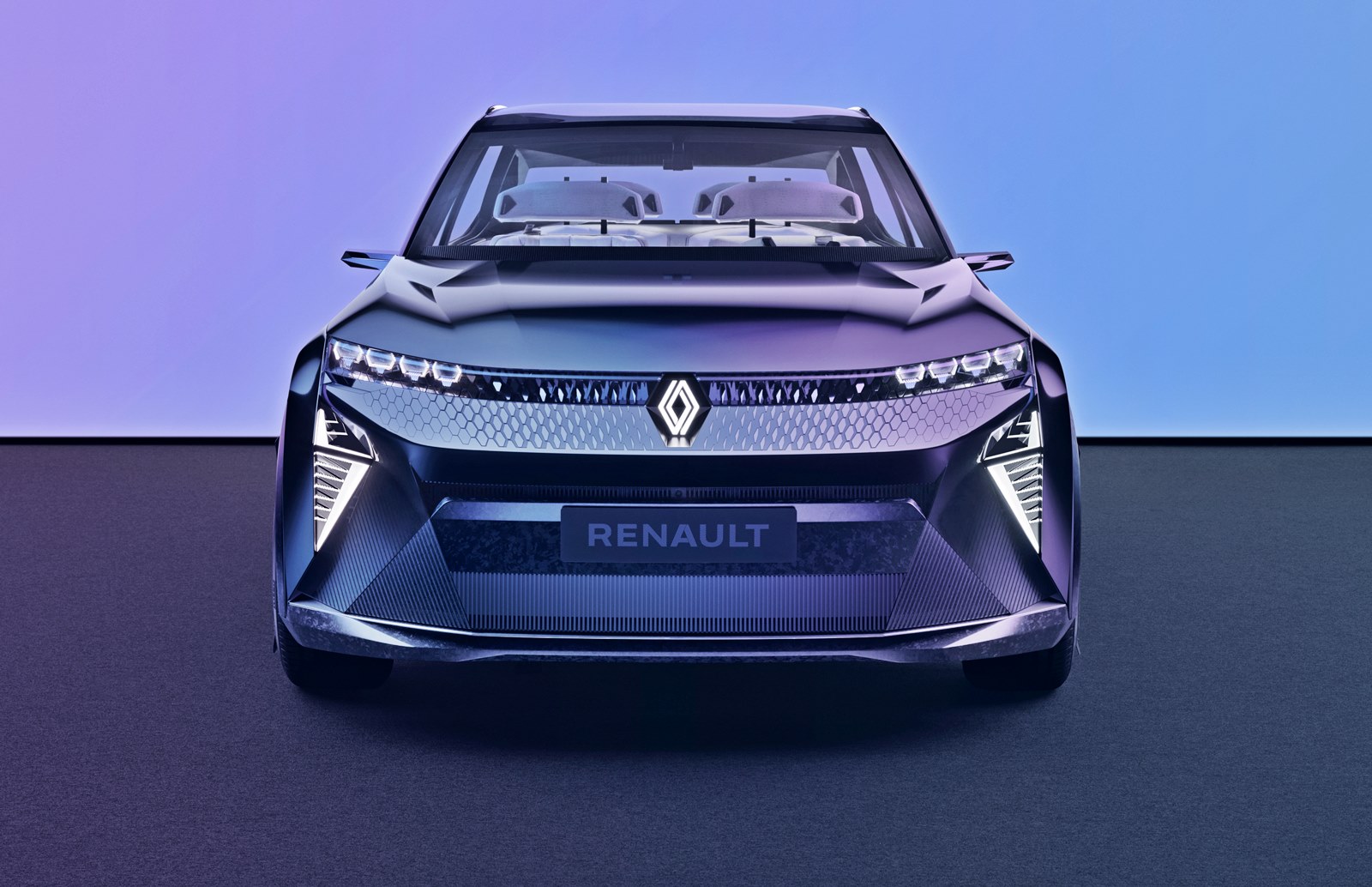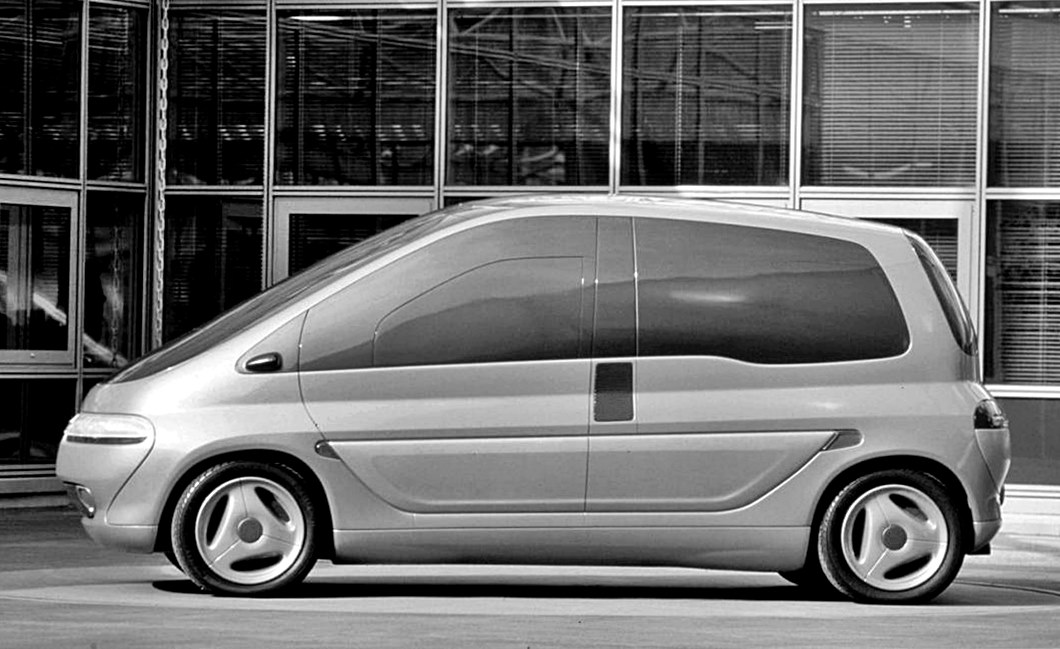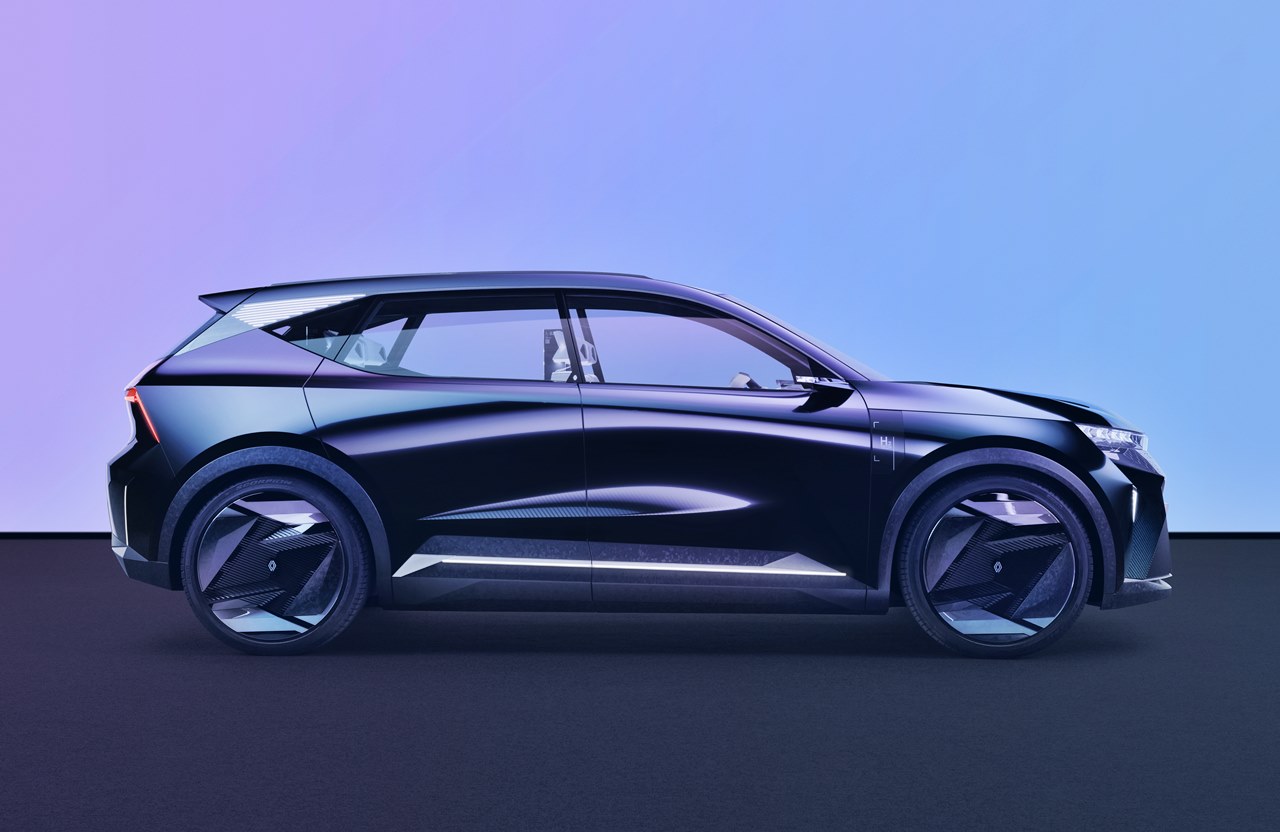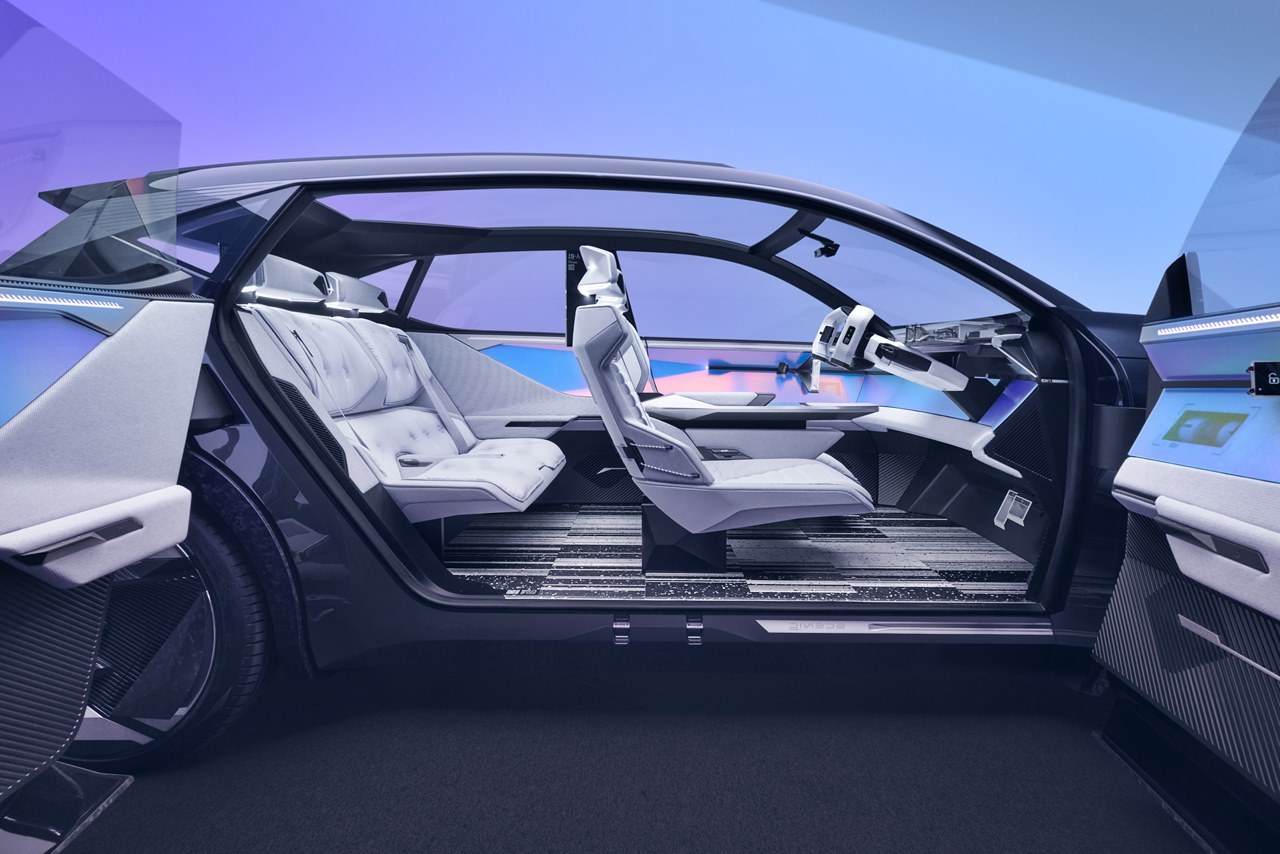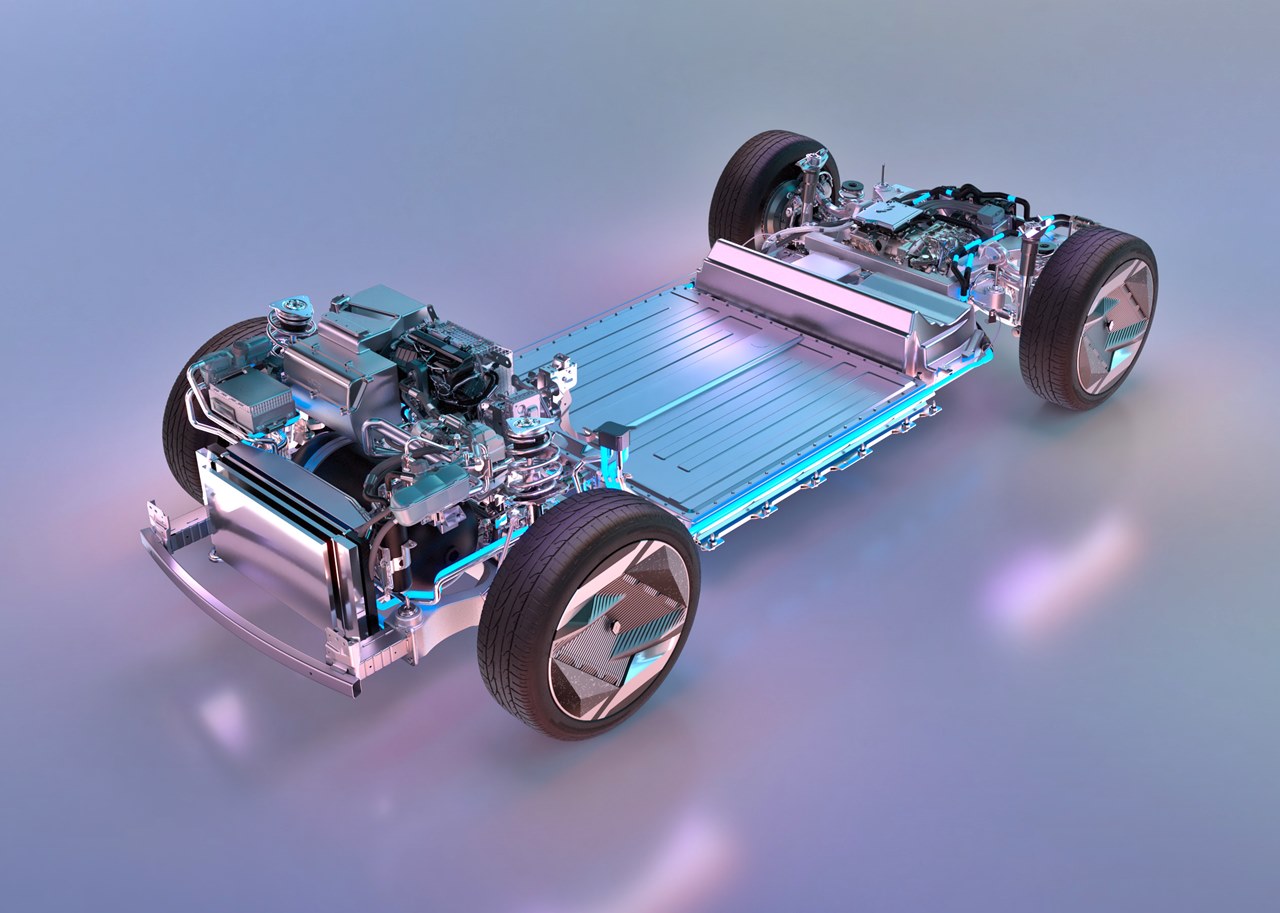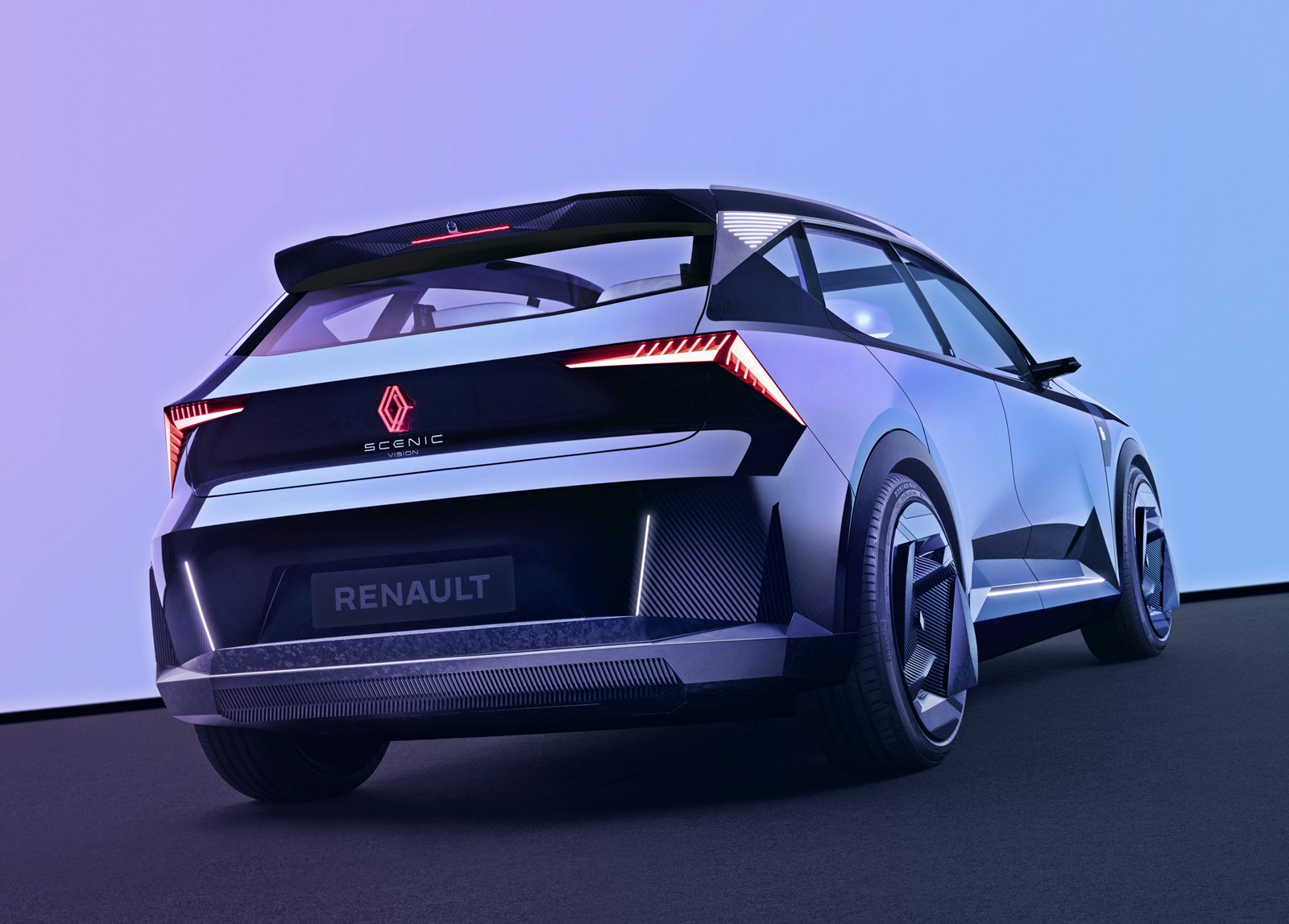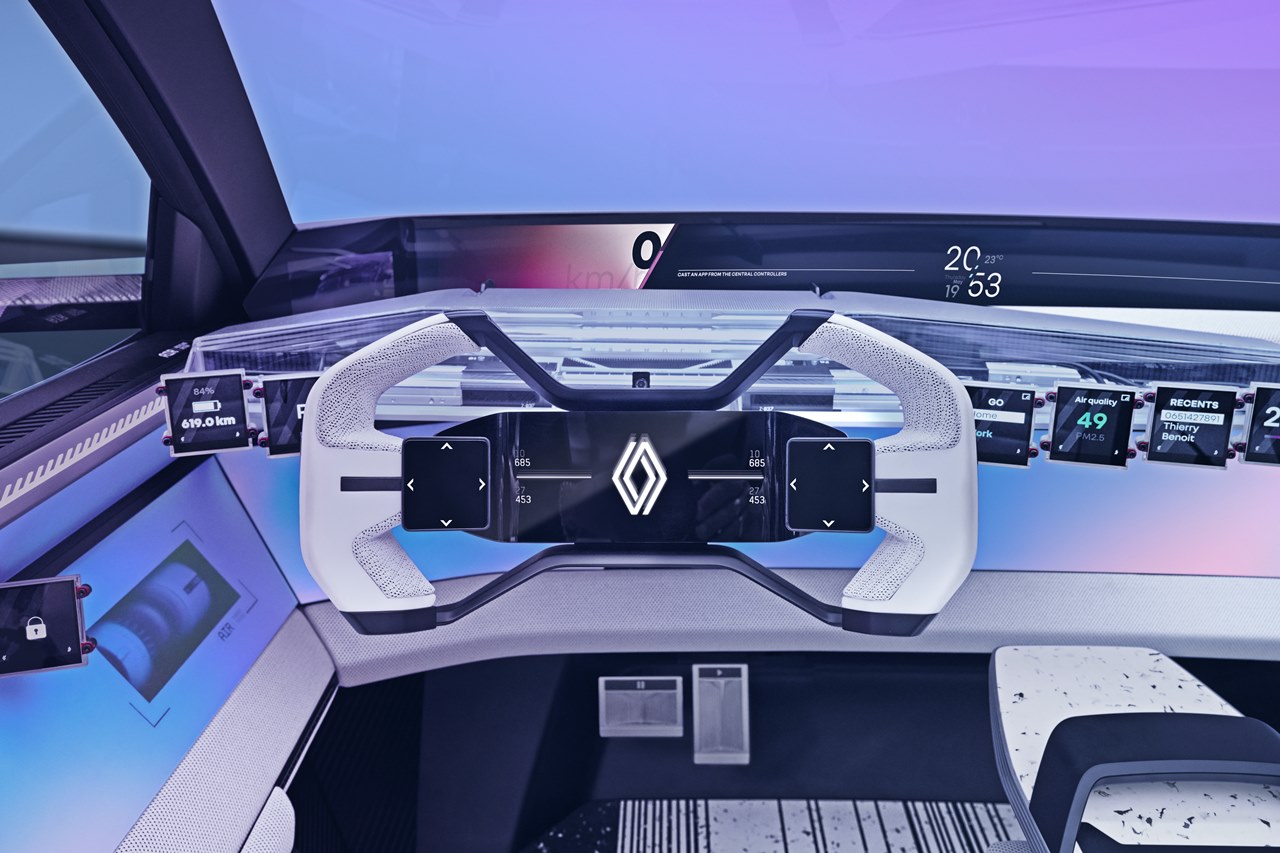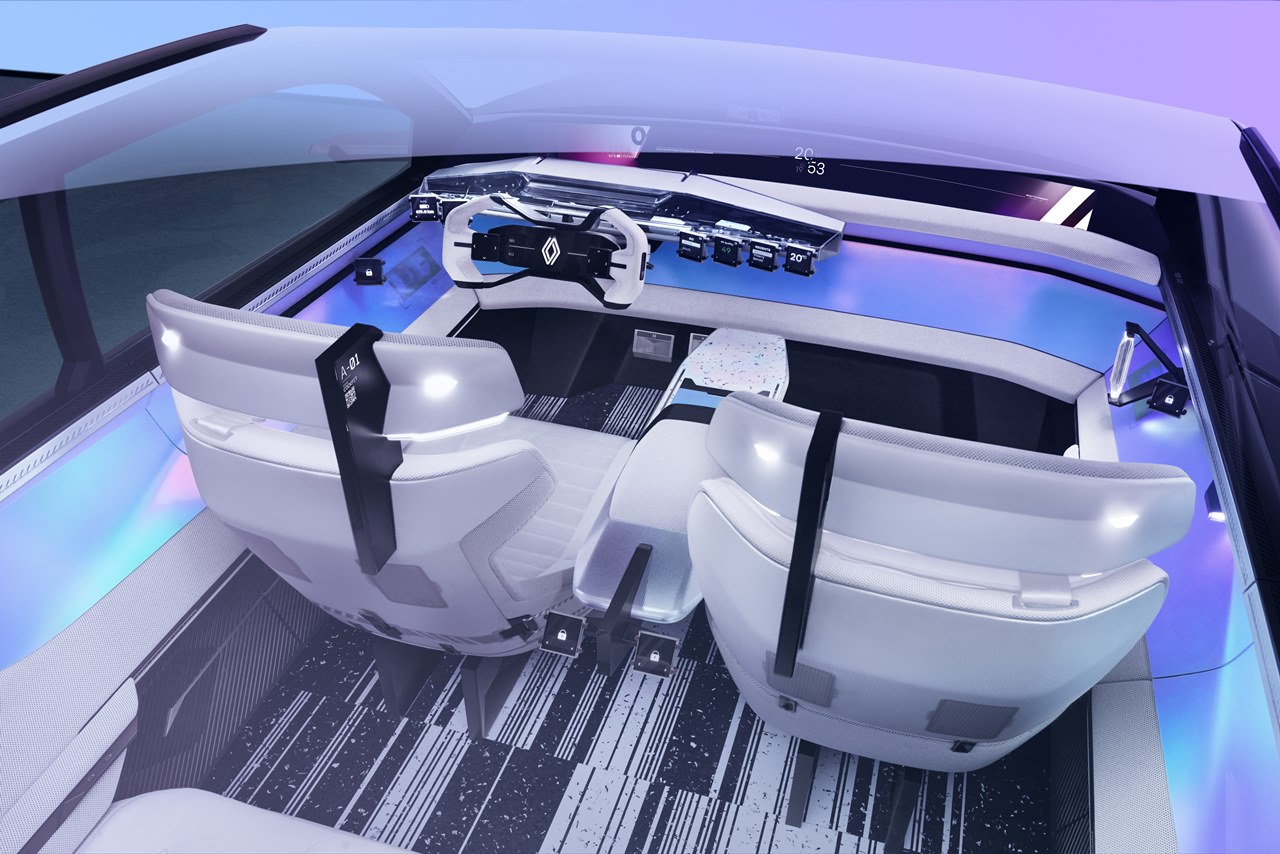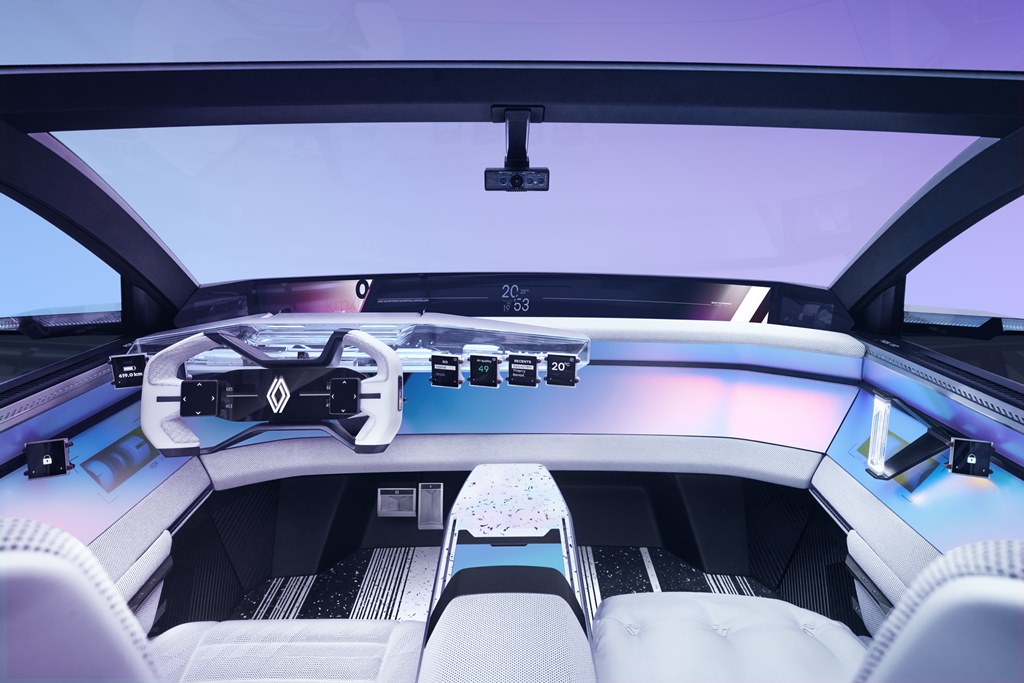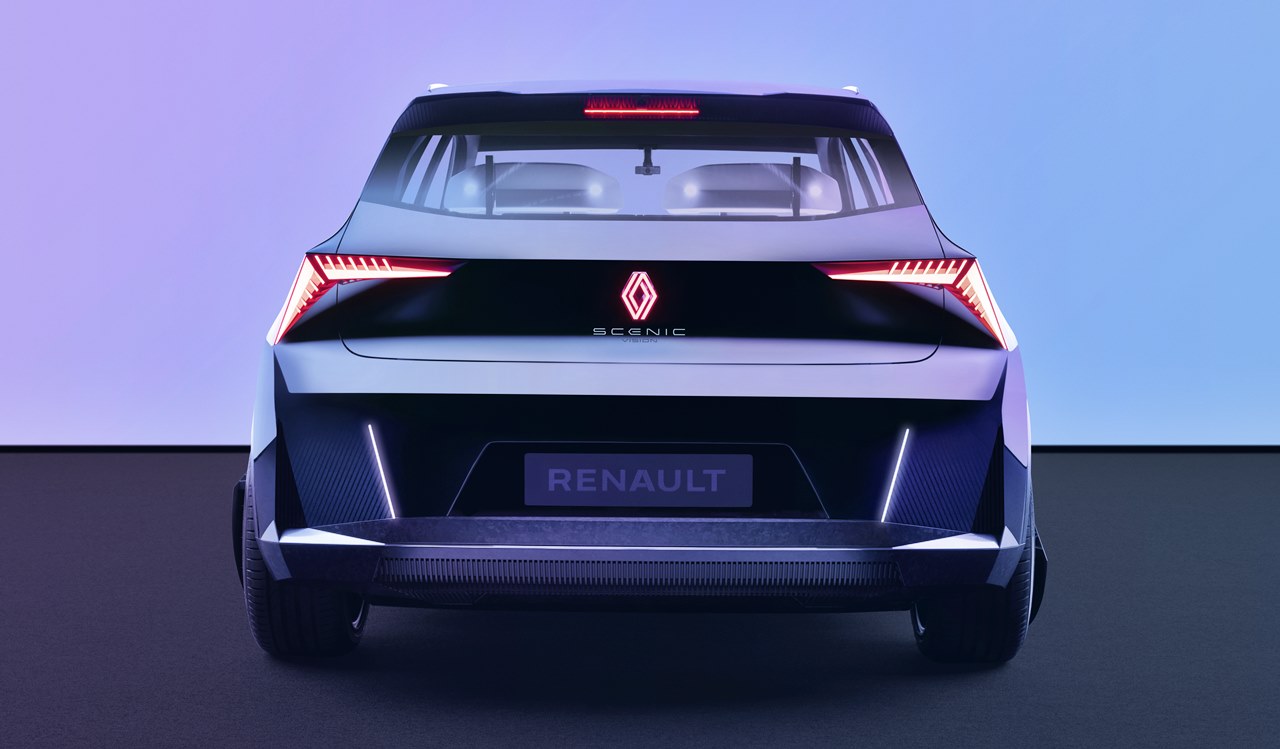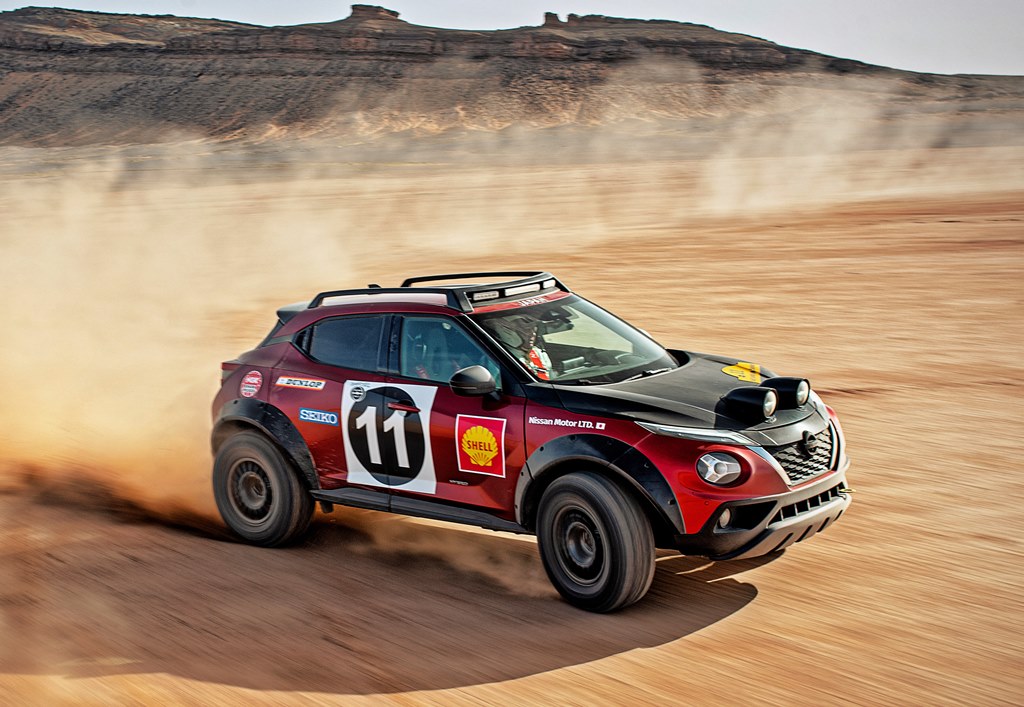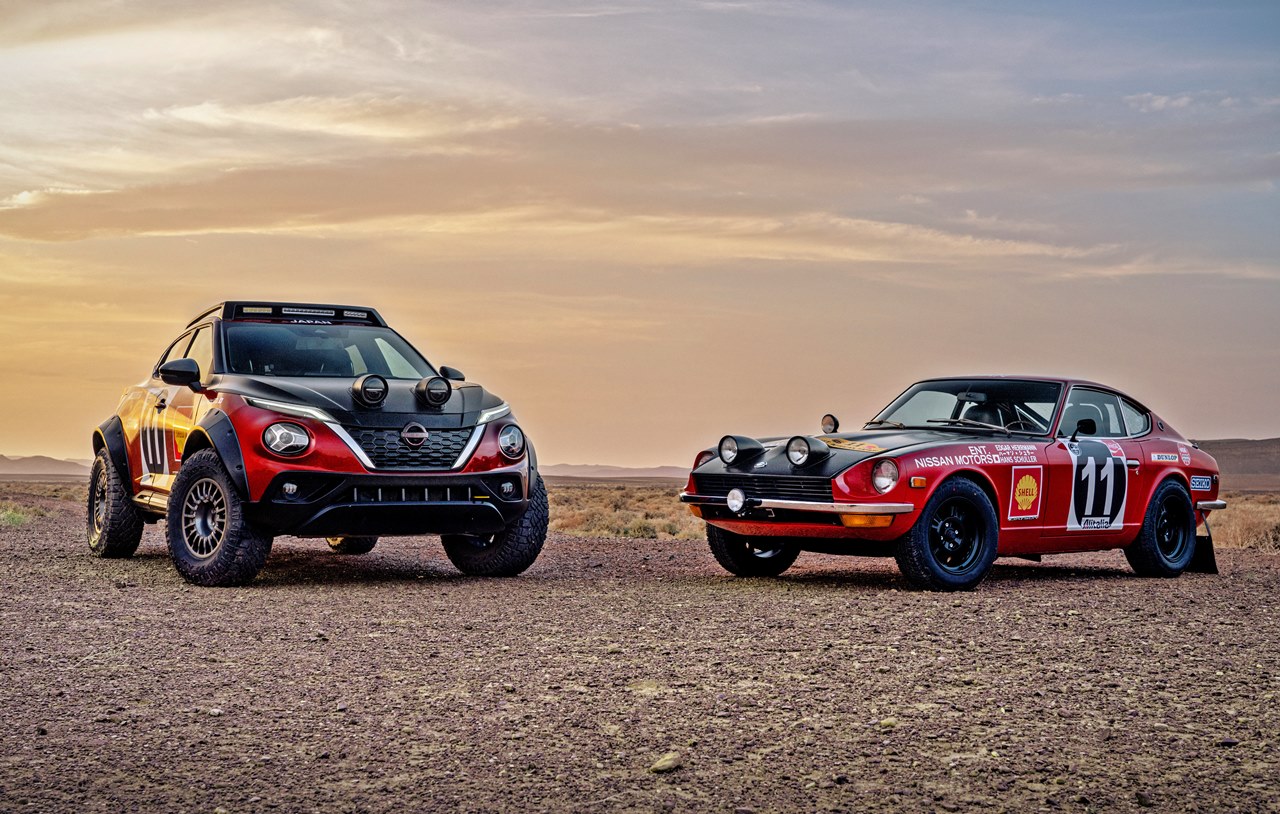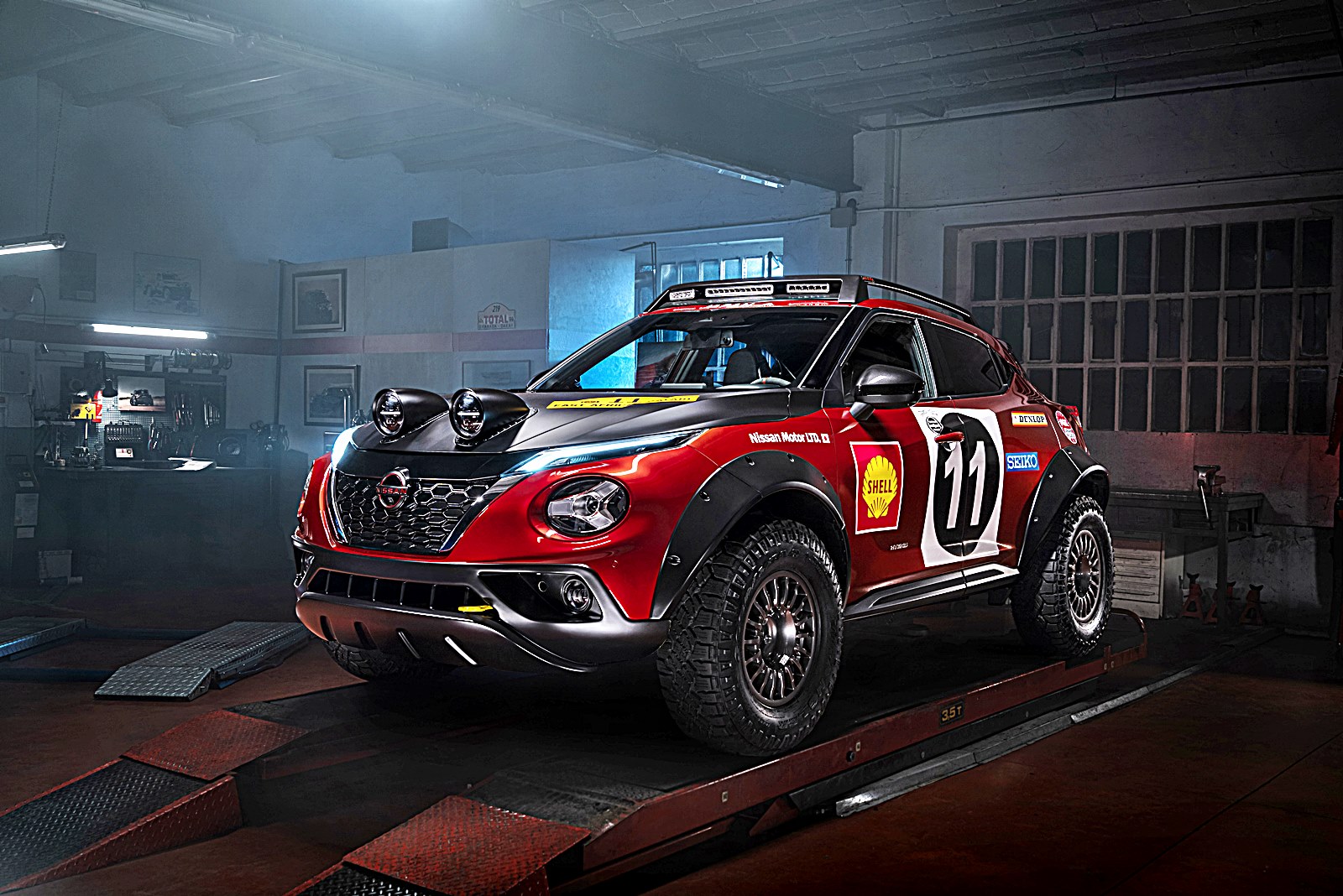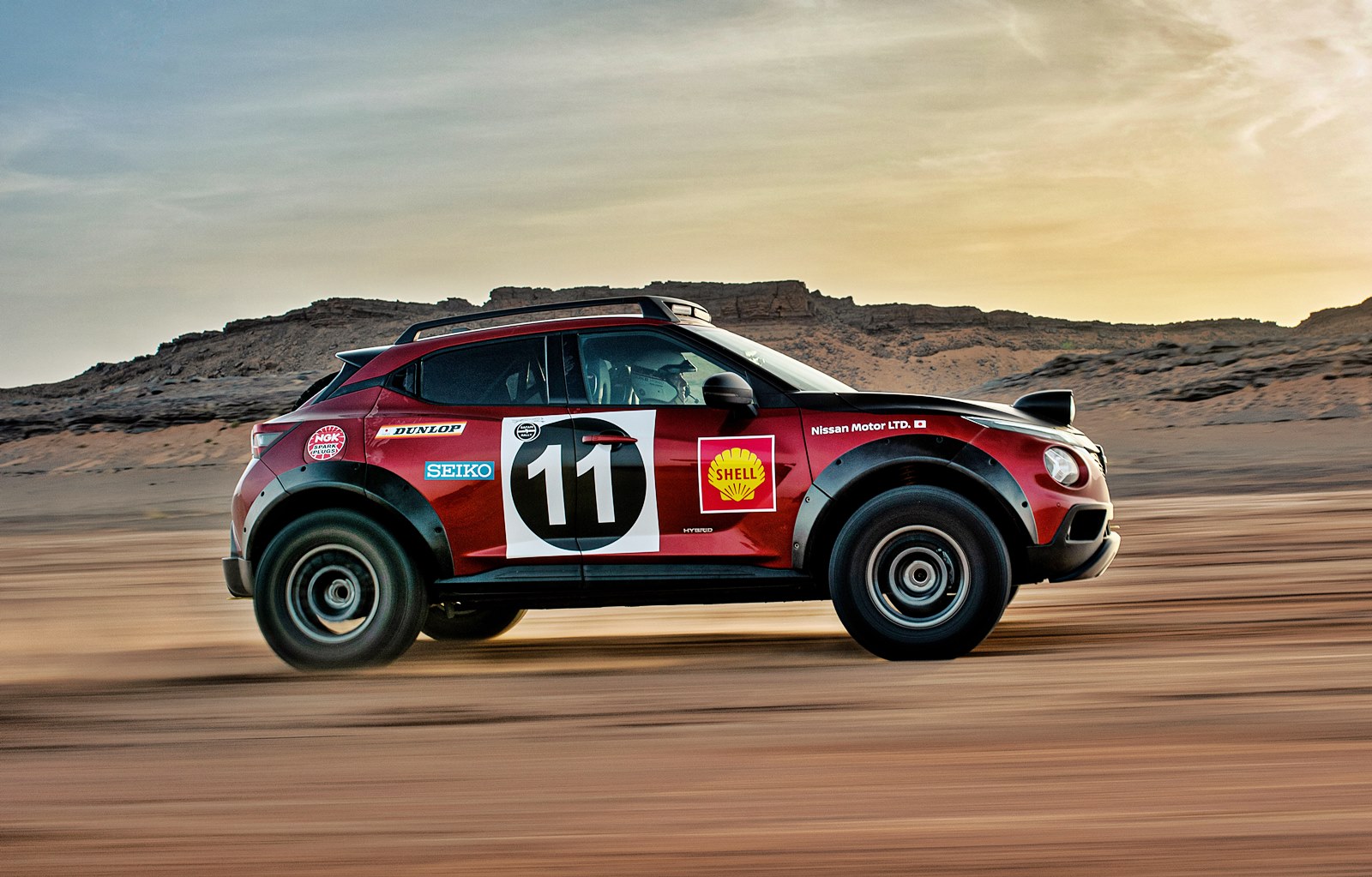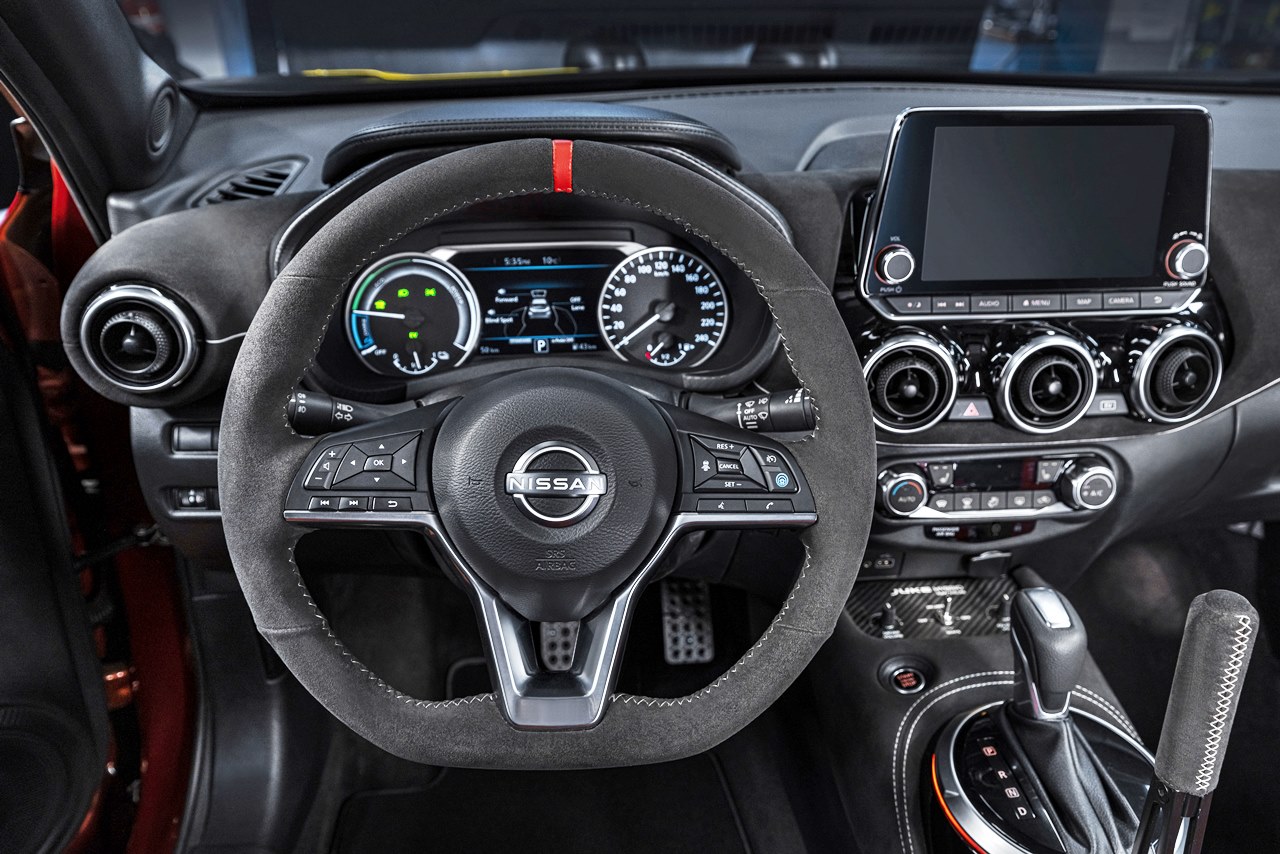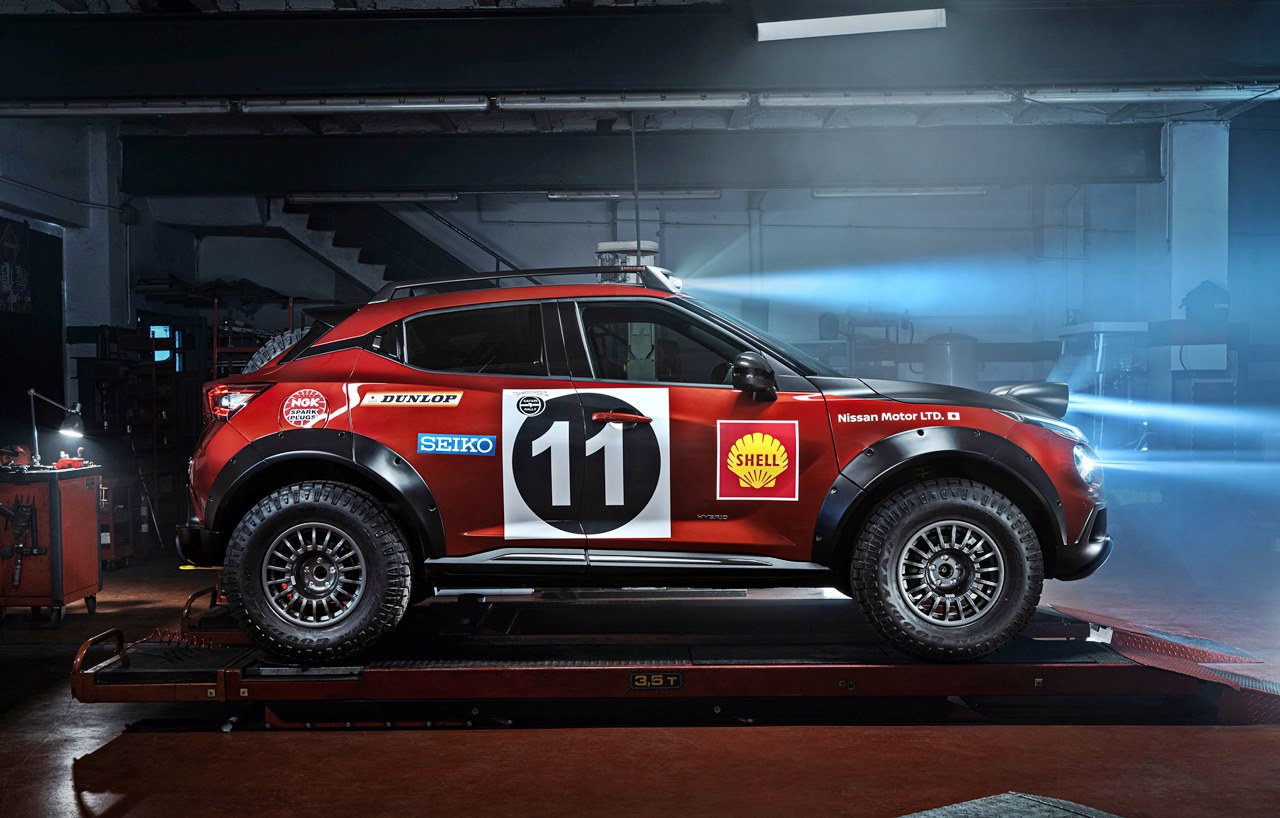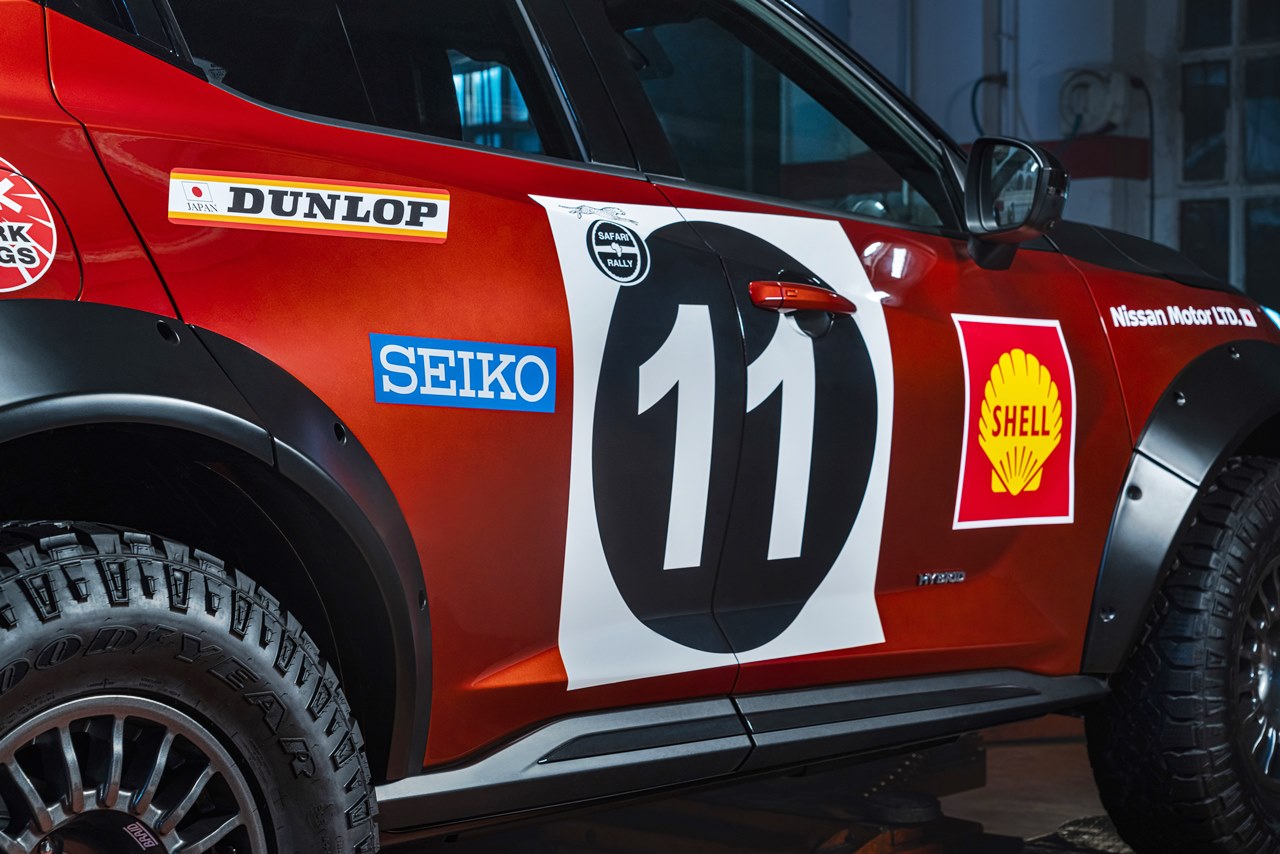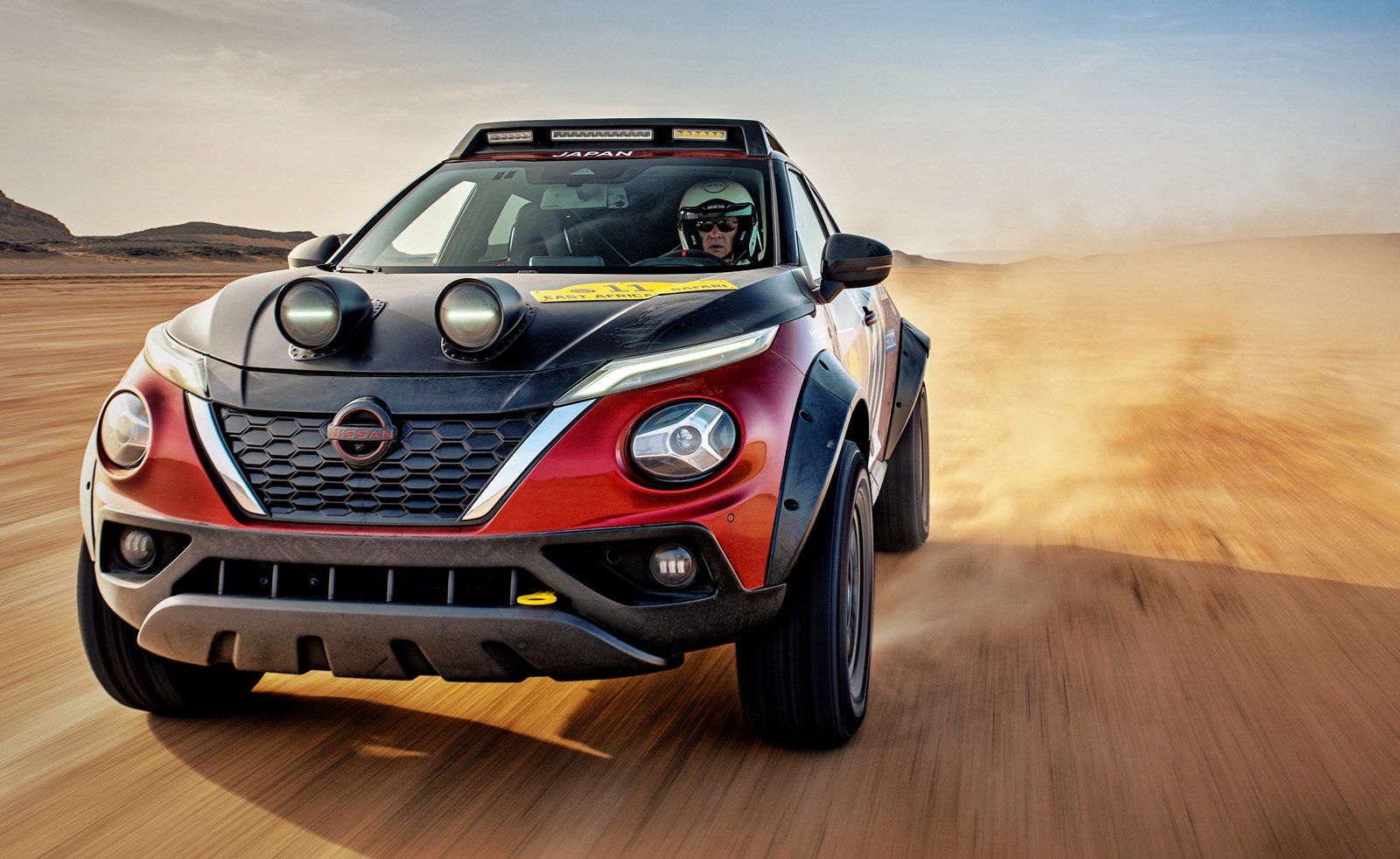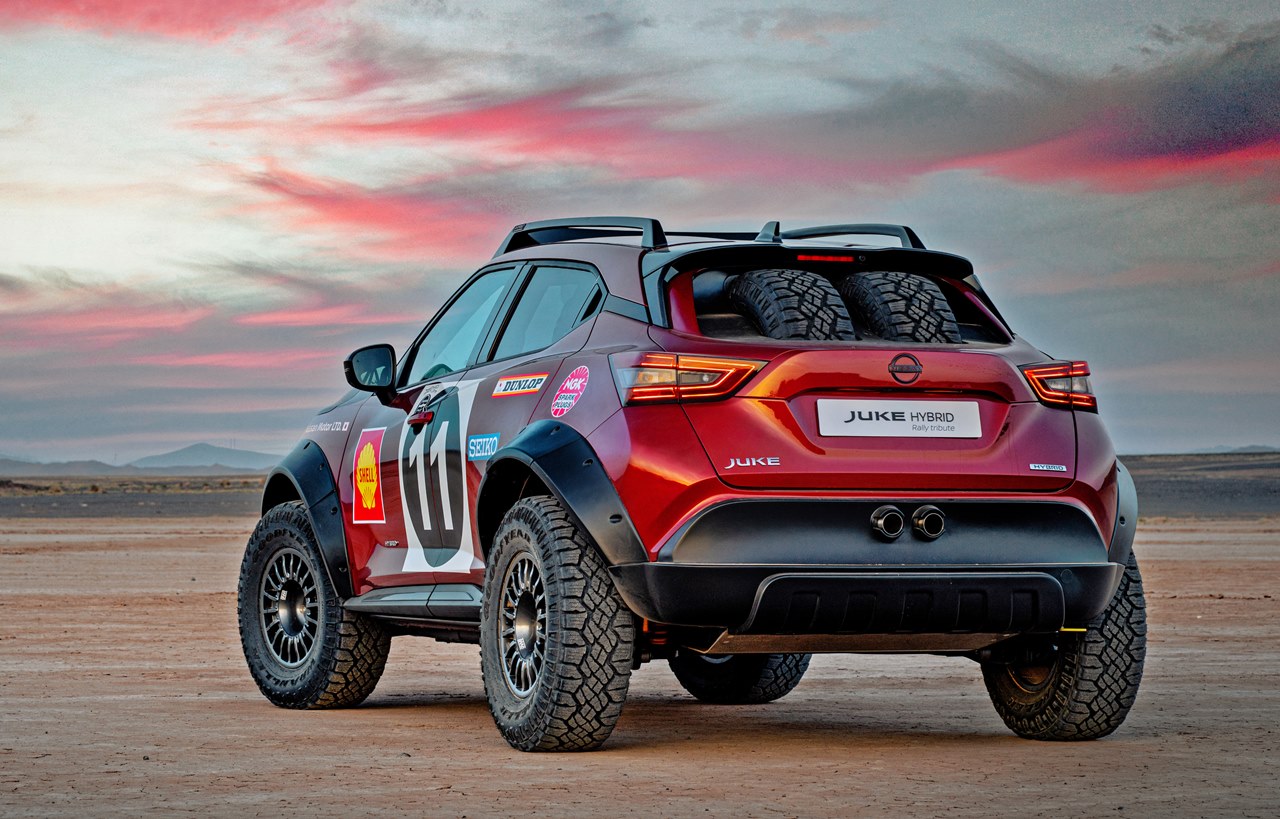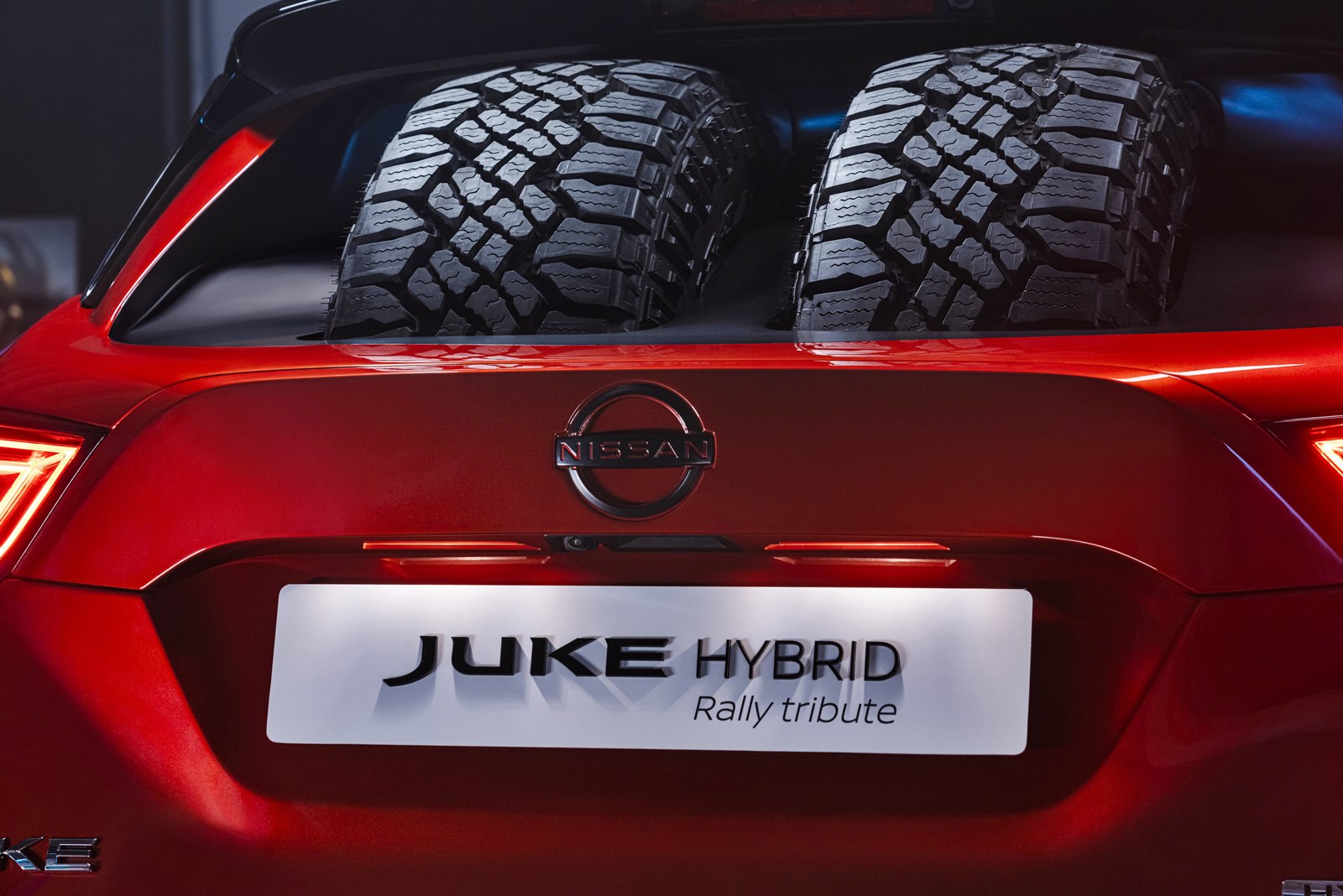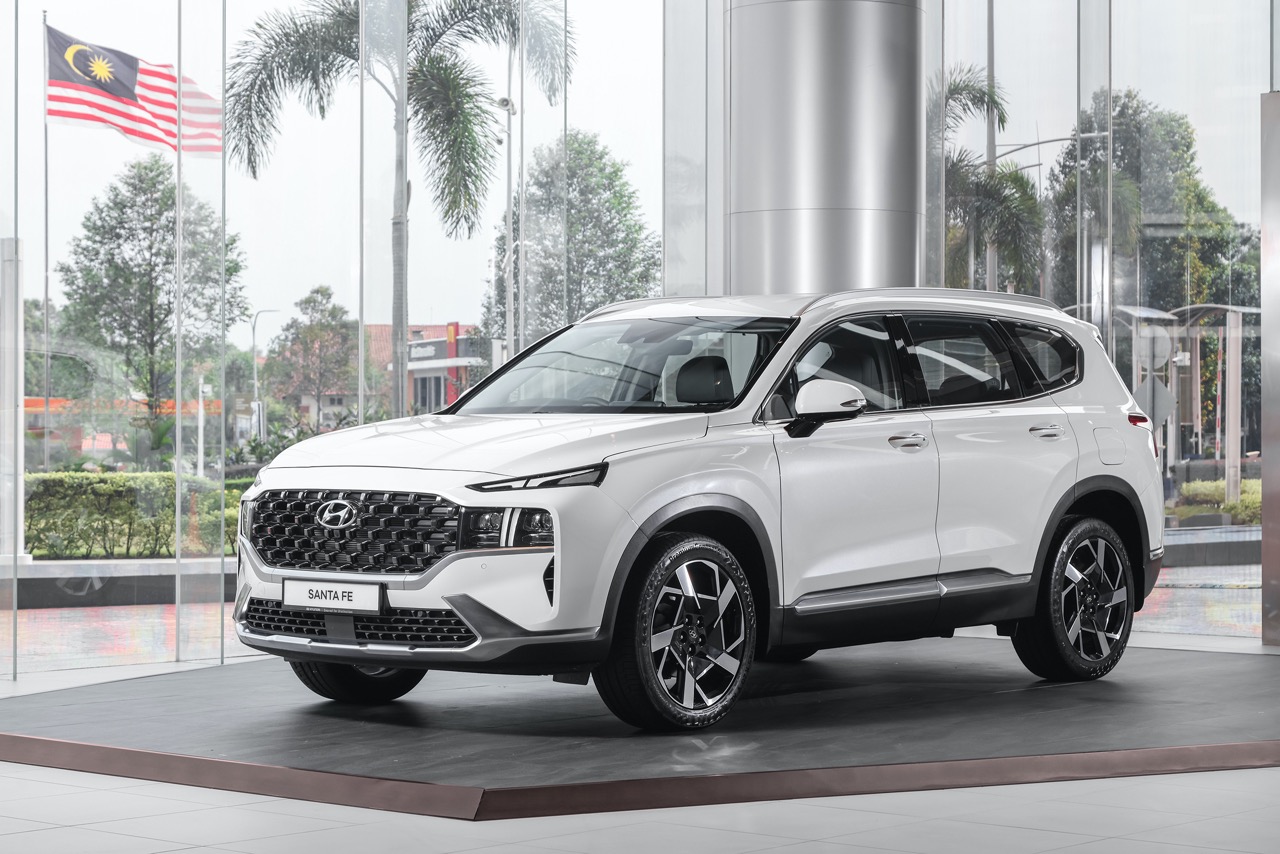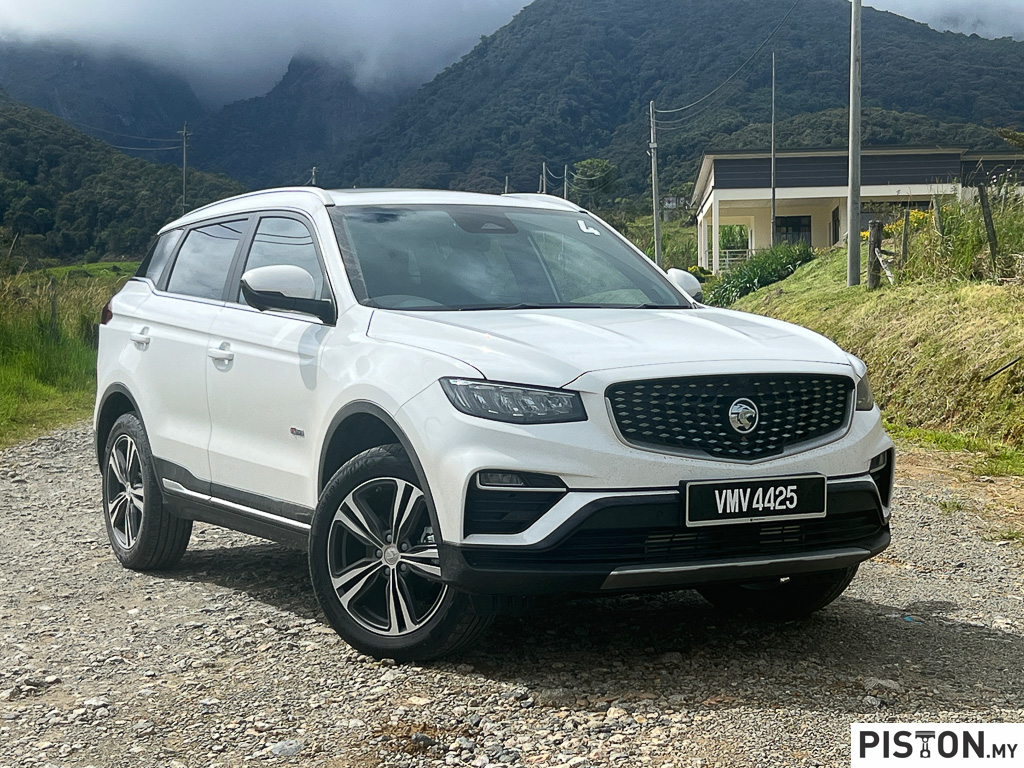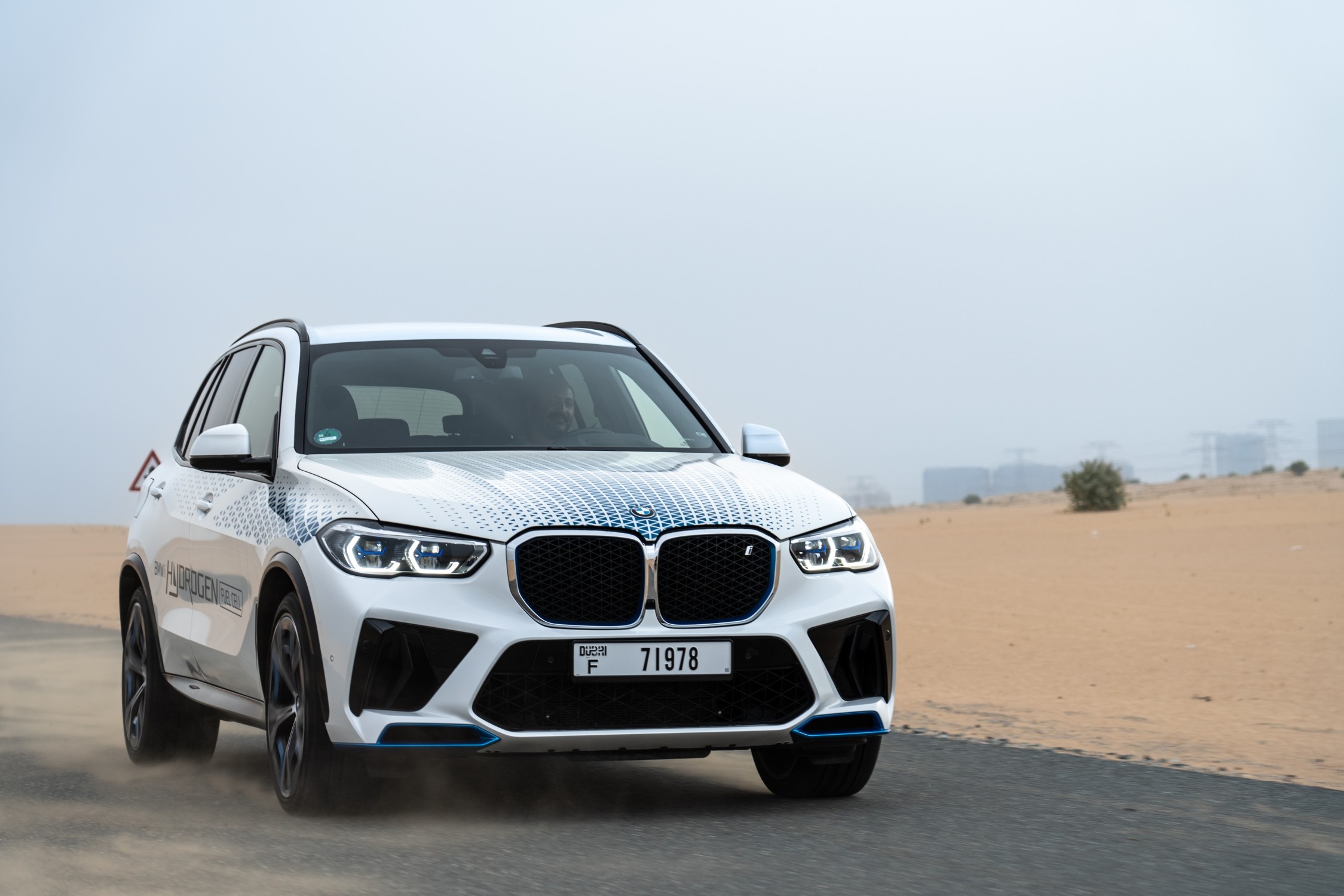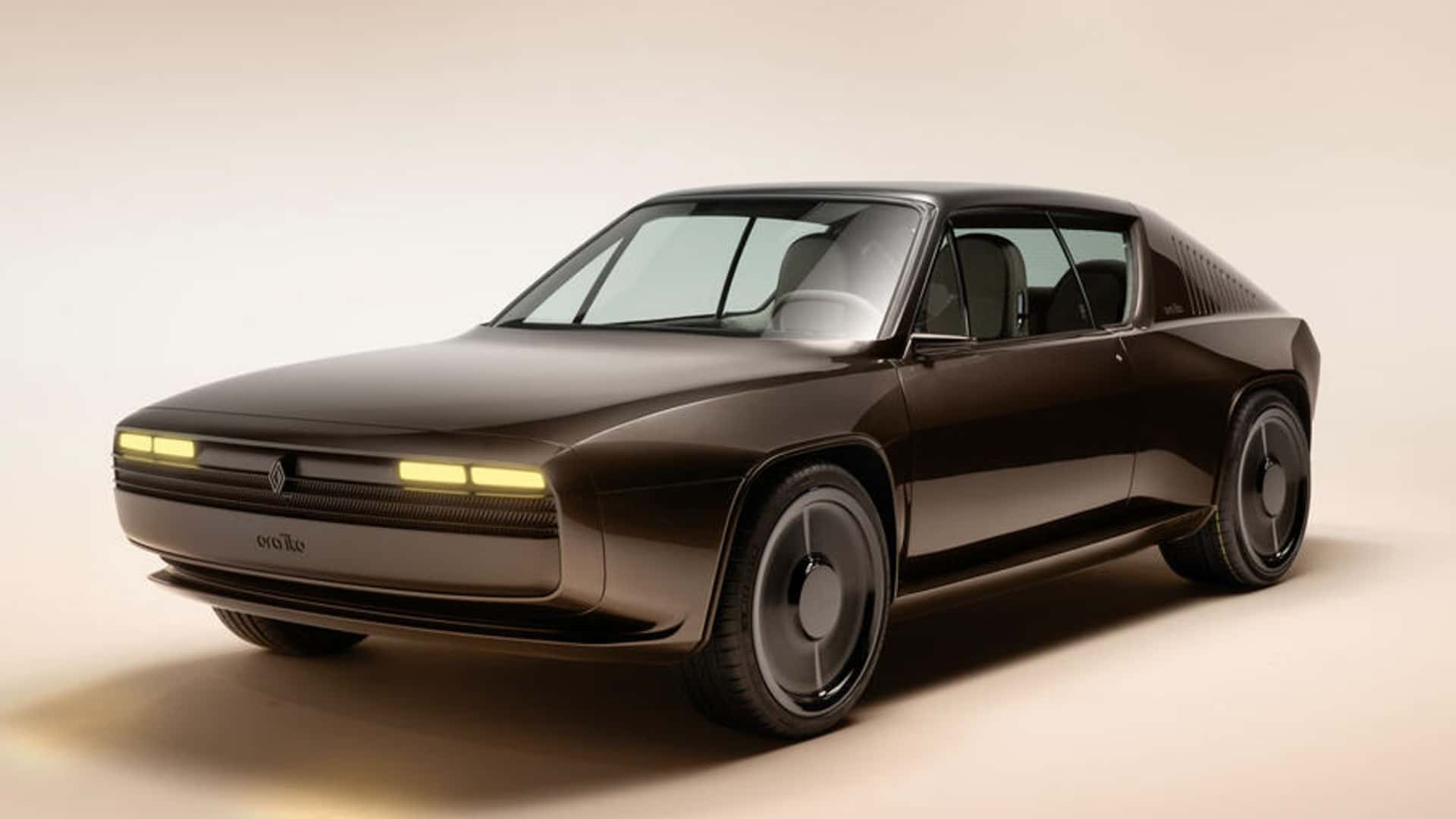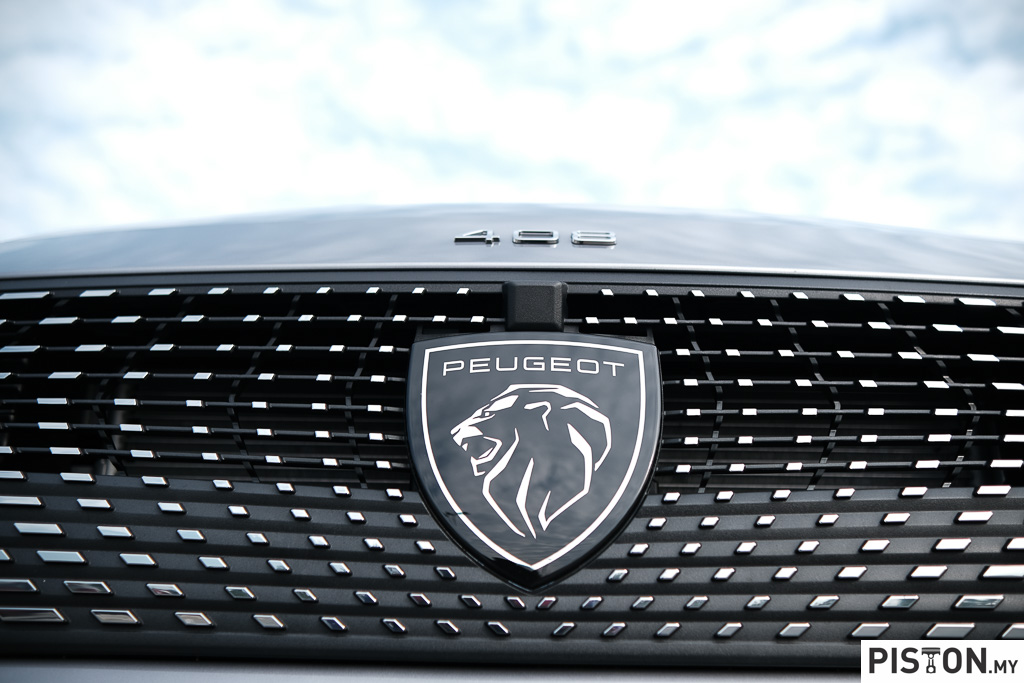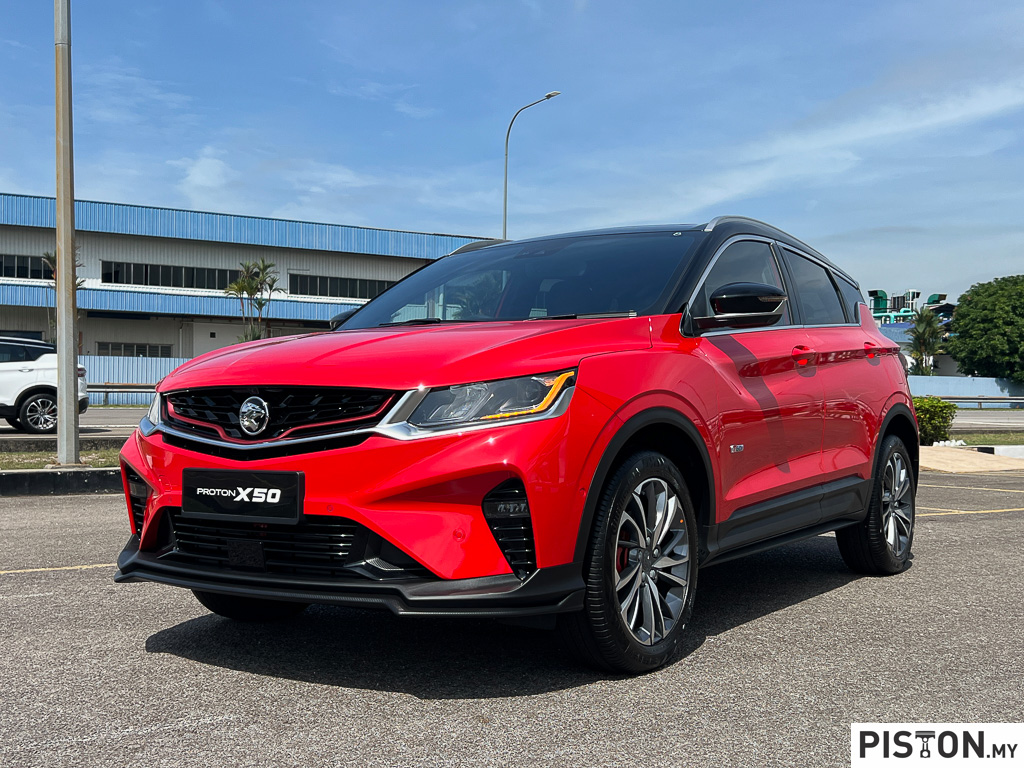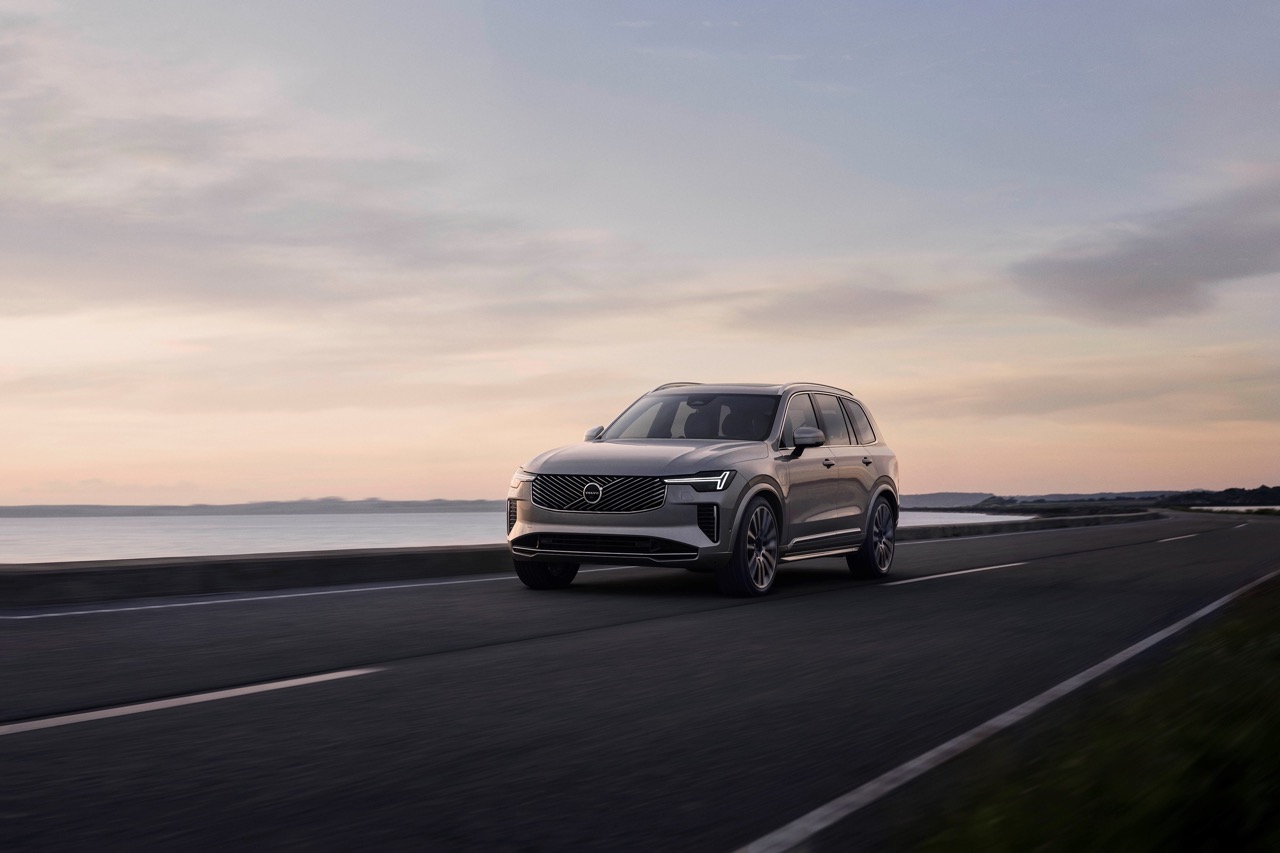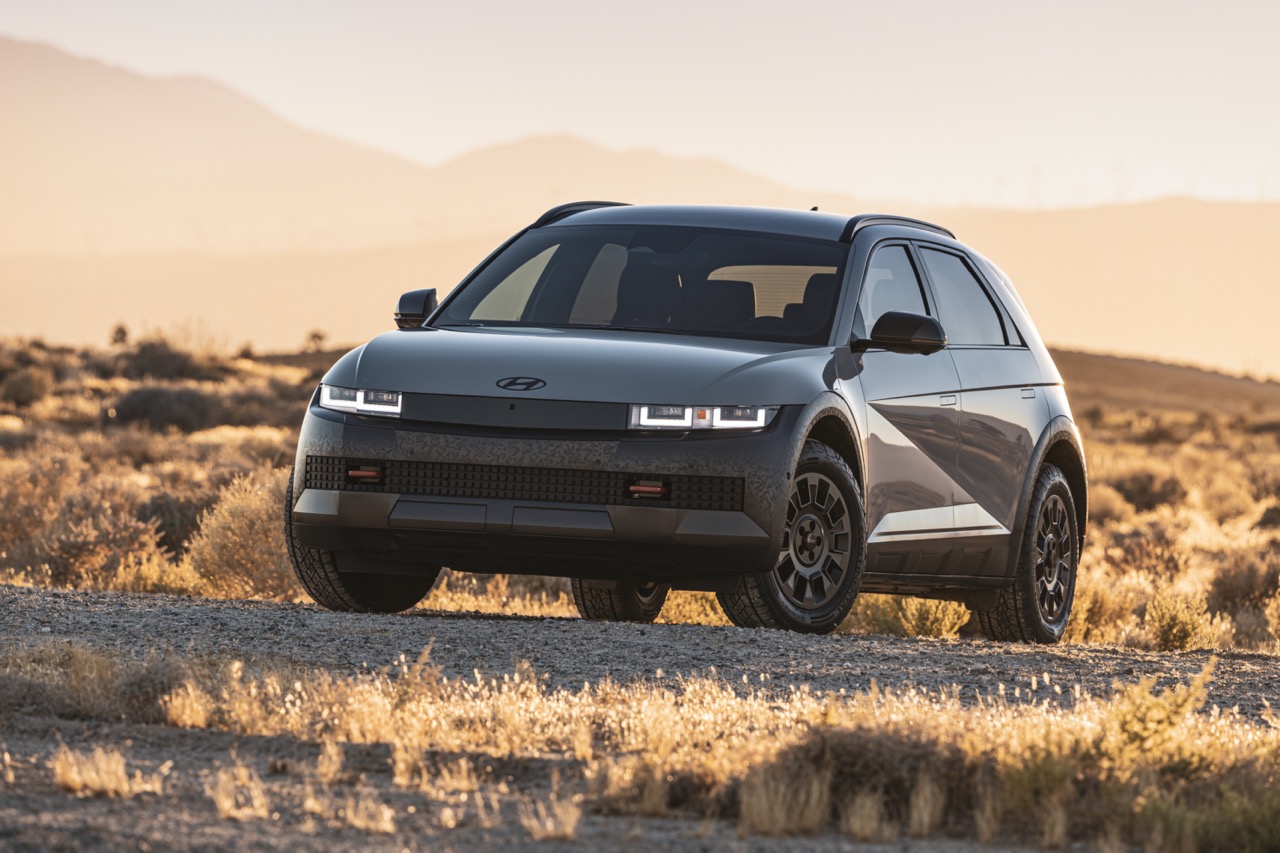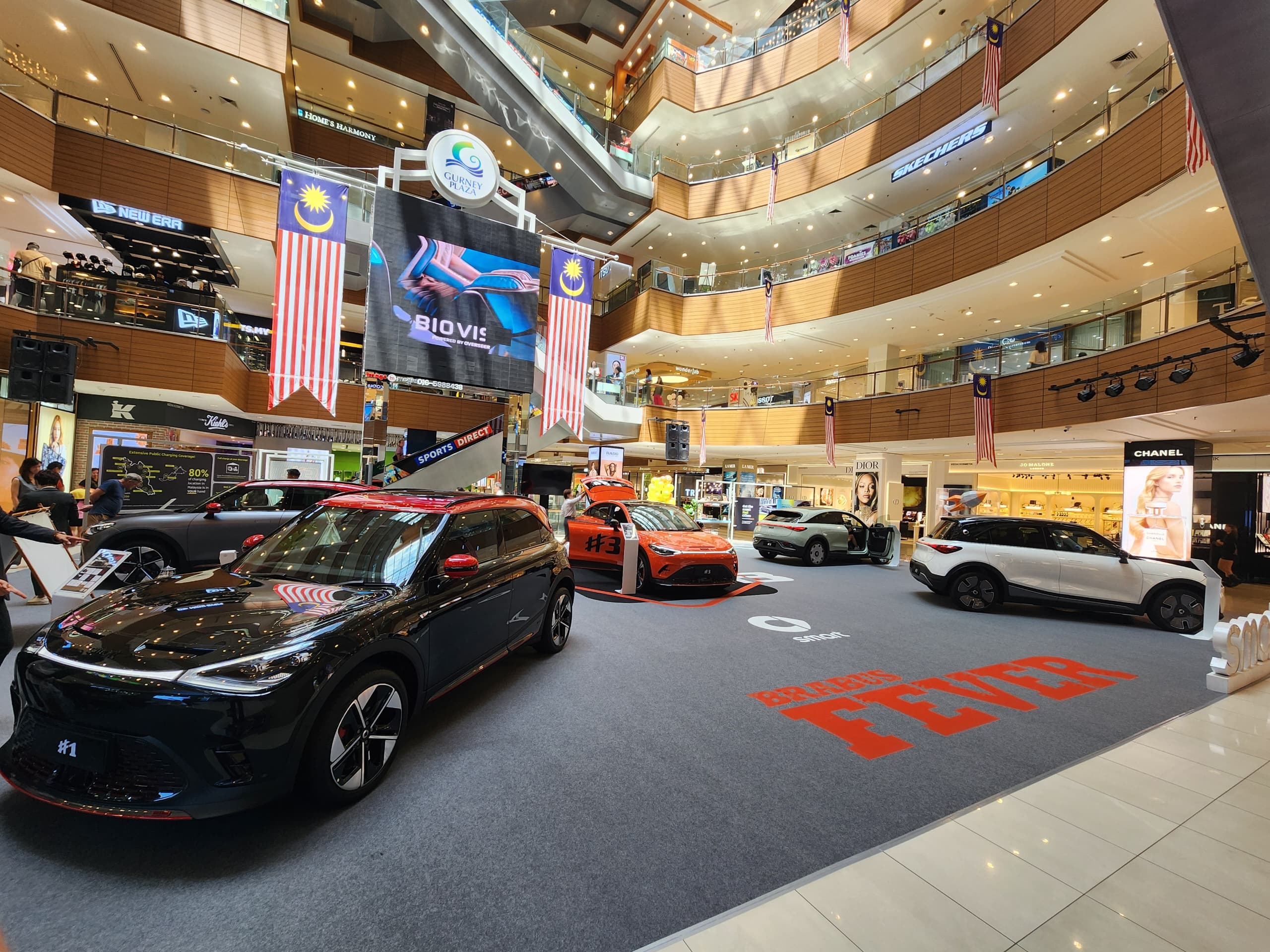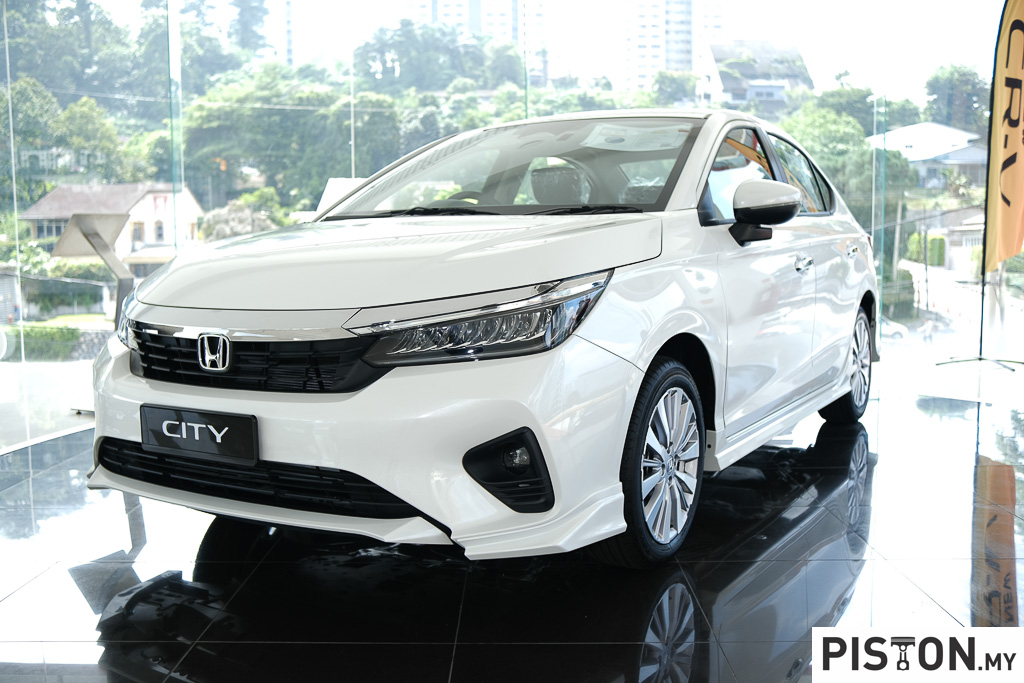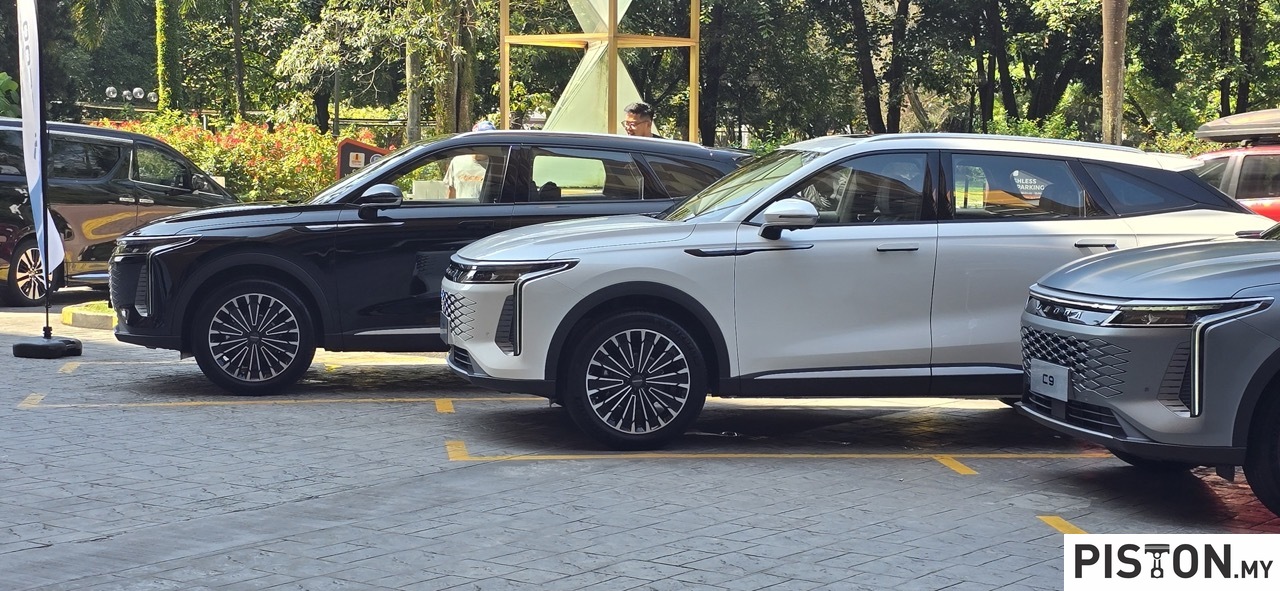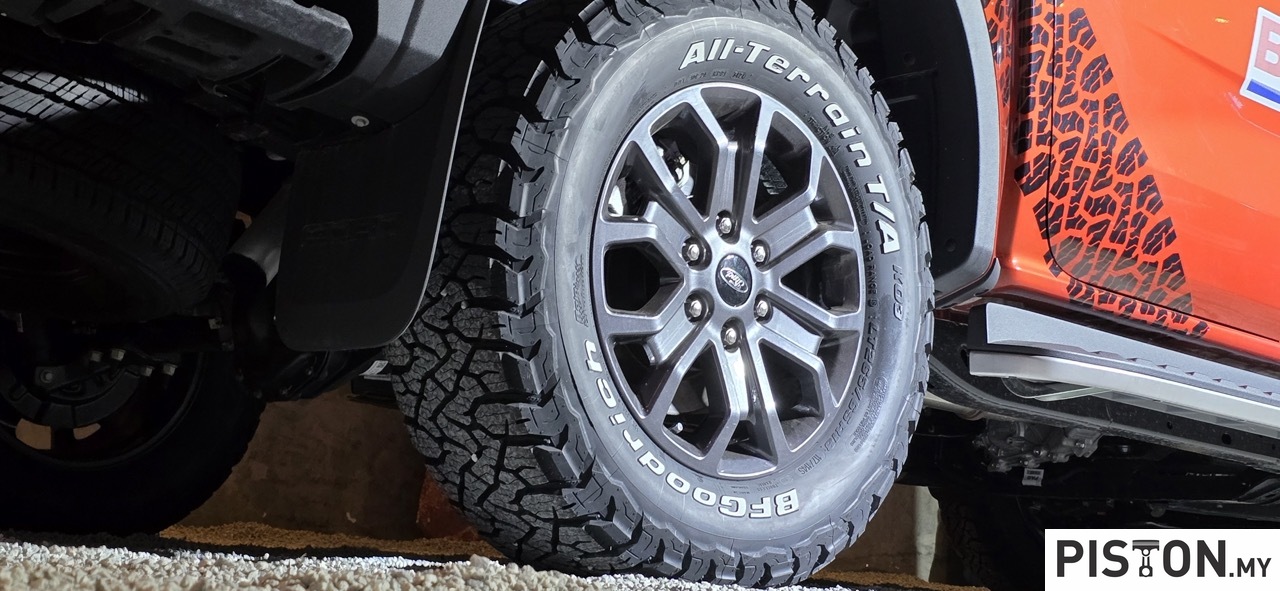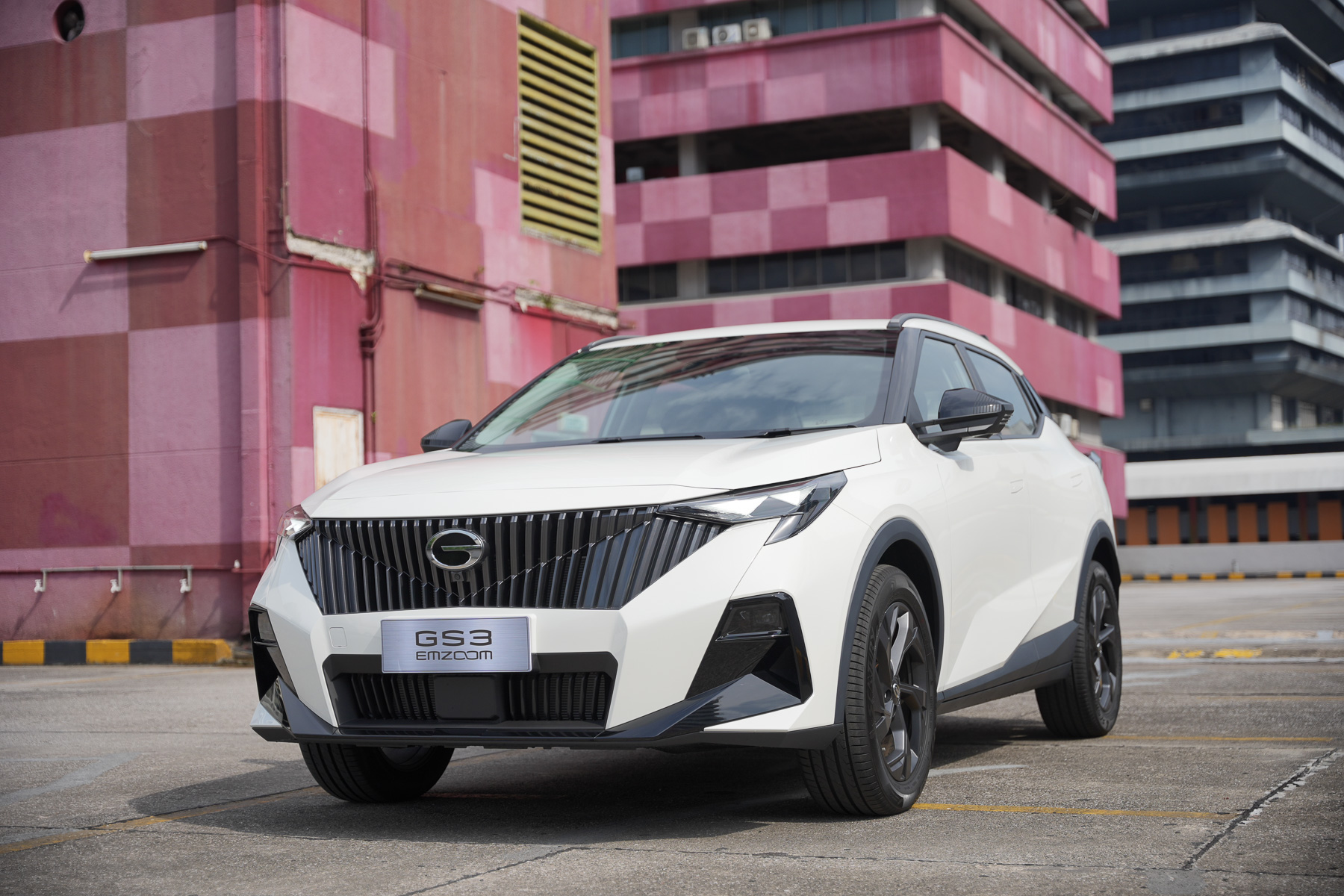The Bespoke department of Rolls-Royce already offers the ultimate in personalisation of the brand’s limousines and Cullinan SUV. Virtually every customer today uses the services of the Bespoke team in some way to add or create something special for their Rolls-Royce. But there is yet another level beyond Bespoke and that is Coachbuild. The department, re-established in 2021, brings back a lost art and science of making cars which goes back to the earliest years of the motorcar, before mass production began in factories.
“Our Coachbuild department is for those patrons who wish to go beyond the existing restraints, and explore the almost limitless possibilities this opens up for them. We are able to offer our customers the opportunity to create a motor car in which every single element is hand-built to their precise individual requirements, as befits our status as a true luxury house,” said Torsten Muller-Otvos, CEO of Rolls-Royce Motor Cars.
The Sweptail, presented in 2017 as a demonstration of the coachbuilding expertise of Rolls-Royce attracted the attention of a number of customers. Within this group, it emerged that three potential customers shared a deep appreciation of contemporary nautical design. In consultation with the customers concerned, an agreement was reached whereby three cars – to be known as Boat Tail – would share a common body, but each would then be individually, highly personalised, reflecting the confluence between vision, capability and ambition of the marque and each of the individual commissioning patrons.
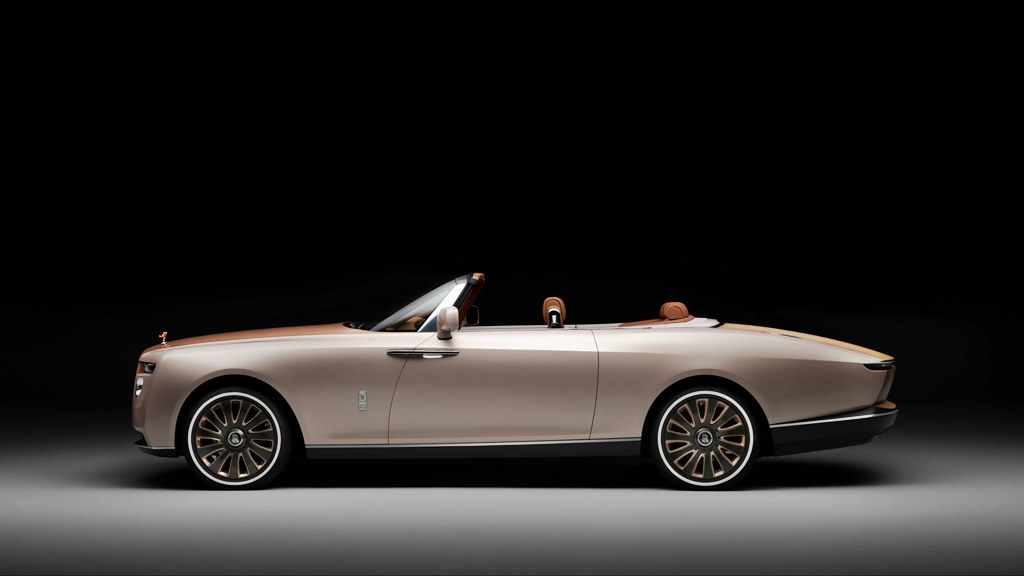
The first Rolls-Royce Boat Tail was completed a year ago and the commissioning customers, who are a globally successful couple, were willing to let the world see their ultra-exclusive car. Their fascination of the Boat Tail form was furthered by a car in their private collection – a 1932 Rolls-Royce Boat Tail, lovingly restored by them, in time for their modern Boat Tail’s completion.
Now comes the next chapter of its Boat Tail coachbuilt commission and as will be the case with all three cars, each will have a story entirely unique and personal to its owner, reflecting their own history, tastes and sensibilities. With this in mind, the latest Boat Tail, to be revealed at Concorso d’Eleganza, Villa d’Este 2022 on the shores of Lake Como in northern Italy, is a masterwork of restraint, sophistication, elegance and attention to detail.
It was commissioned by a customer whose family business has grown from his father’s origins in the pearling industry. Widely travelled, internationally educated and cosmopolitan in his tastes and influences, the customer is an established patron of the arts, who additionally owns a sizeable collection of classic and modern cars, housed in a dedicated private museum.
A level of sophistication, garnered from the client’s extensive knowledge of luxury, is clearly. The overall design aesthetic is restrained; a study in carefully considered materials and precise details that together create a highly personal and emotionally resonant homage to the customer’s father.
At the onset of the commissioning process, the customer presented Rolls-Royce Coachbuild designers with a selection of 4 pearl shells, personally chosen from his private collection for their unique colour and complexity. The shells provided inspiration for the exterior colour, which is one of the most complex Bespoke finishes ever created by Rolls-Royce.
The foundation of the colour is a shimmering blend of oyster and soft rose, with large white and bronze mica flakes adding a unique pearlescent quality that changes subtly under different light conditions. The contrasting cognac-coloured bonnet, created specifically for this Boat Tail, contains fine bronze and gold coloured aluminium mica flakes complete with a layer of crystal and iced matt clear coat, adding significant warmth and depth to the car’s appearance. The technical fibre lower sills of Boat Tail incorporate a rose gold woven thread.
The rear deck, which houses Boat Tail’s unique ‘butterfly-design’ hosting suite, is swathed in Royal Walnut veneer, inlaid with rose gold-plated pinstripes with a satin-brushed finish to ensure a sensitive and sophisticated appearance. The Royal Walnut was specifically selected by the customer for its beautiful properties as it matures over time, a material that will gradually transition to the tonal properties of the cognac colour. From above, one observes a harmonious balance and satin effect of the iced bonnet and tactile wooden rear deck, in contrast with the high-gloss front and side perspectives.
The interior is a beautifully curated combination of perfectly matched cognac and oyster-coloured leathers and Royal Walnut veneer, with rose gold and mother-of-pearl accents throughout. The leathers, complete with a pearlescent finish, accentuate the surfaces and forms of Boat Tail’s seats and interior design. The transmission tunnel is formed from Royal Walnut veneer with rose gold pinstripes, drawing a direct visual reference to the rear deck and adding a glowing warmth to Boat Tail’s interior.
The centrepiece of the dashboard is a timepiece made from mother-of-pearl, chosen and supplied by the client from his own collection. The fascia is pure and minimal in its appearance so as not to detract from the precious material. The same prised substance graces the control switches and instrument dials, creating a strong visual and material connection between the car, the owner, and his family heritage.
The Boat Tail is entirely hand-built, with the body panels fashioned from vast, single sheets of aluminium to create the distinctive outline inspired by the racing yachts of the early 20th century. From the front, the Pantheon Grille, milled from a single, solid billet of aluminium, is graced with a Spirit of Ecstasy fashioned in rose gold.
With the Architecture of Luxury – which includes a proprietary all-aluminium spaceframe chassis – the marque has ushered in a new coachbuilding movement that encompasses both highly sophisticated 21st Century technology and materials, and a tradition extending back more than 100 years.
Rolls-Royce re-establishes its Coachbuild department to go beyond Bespoke





